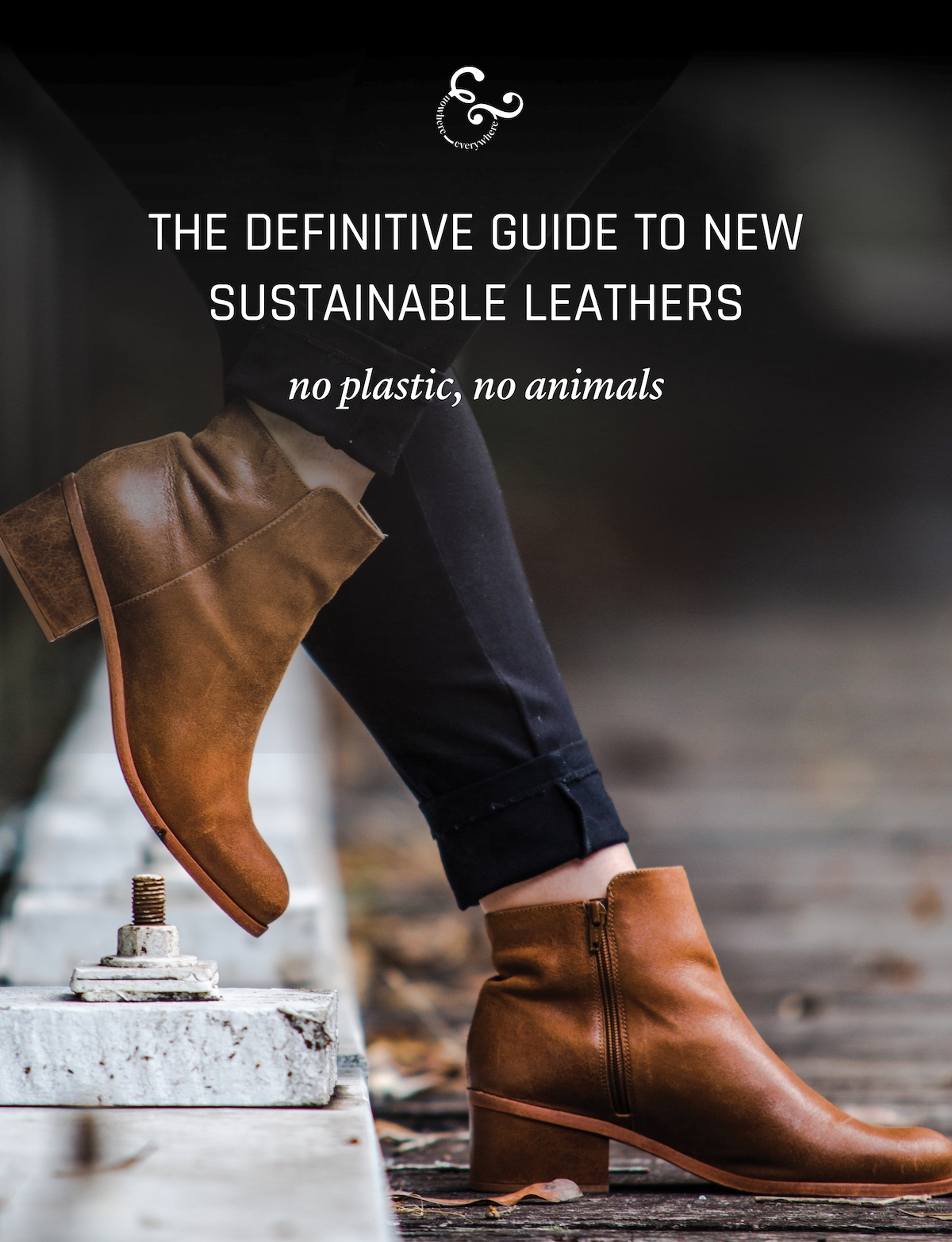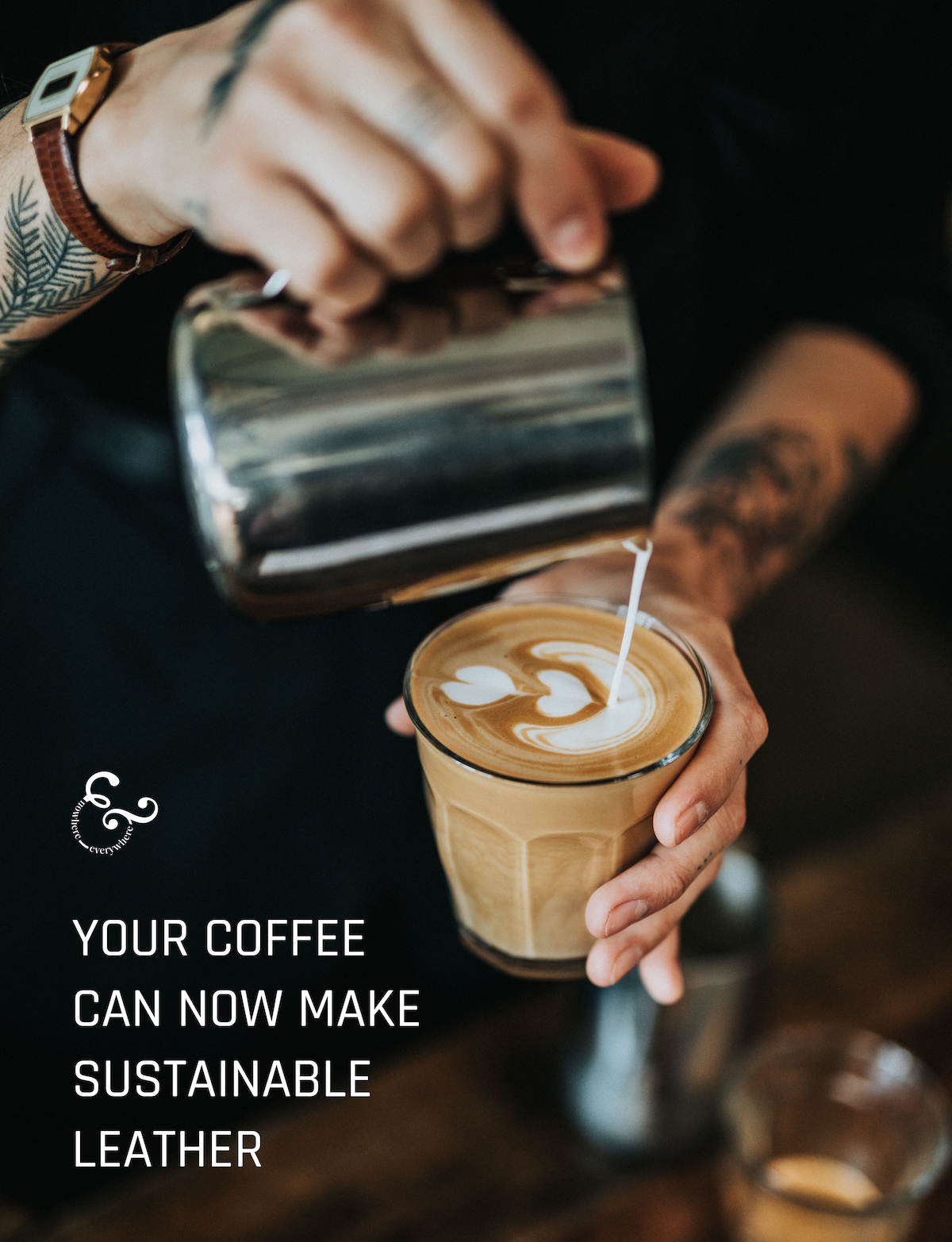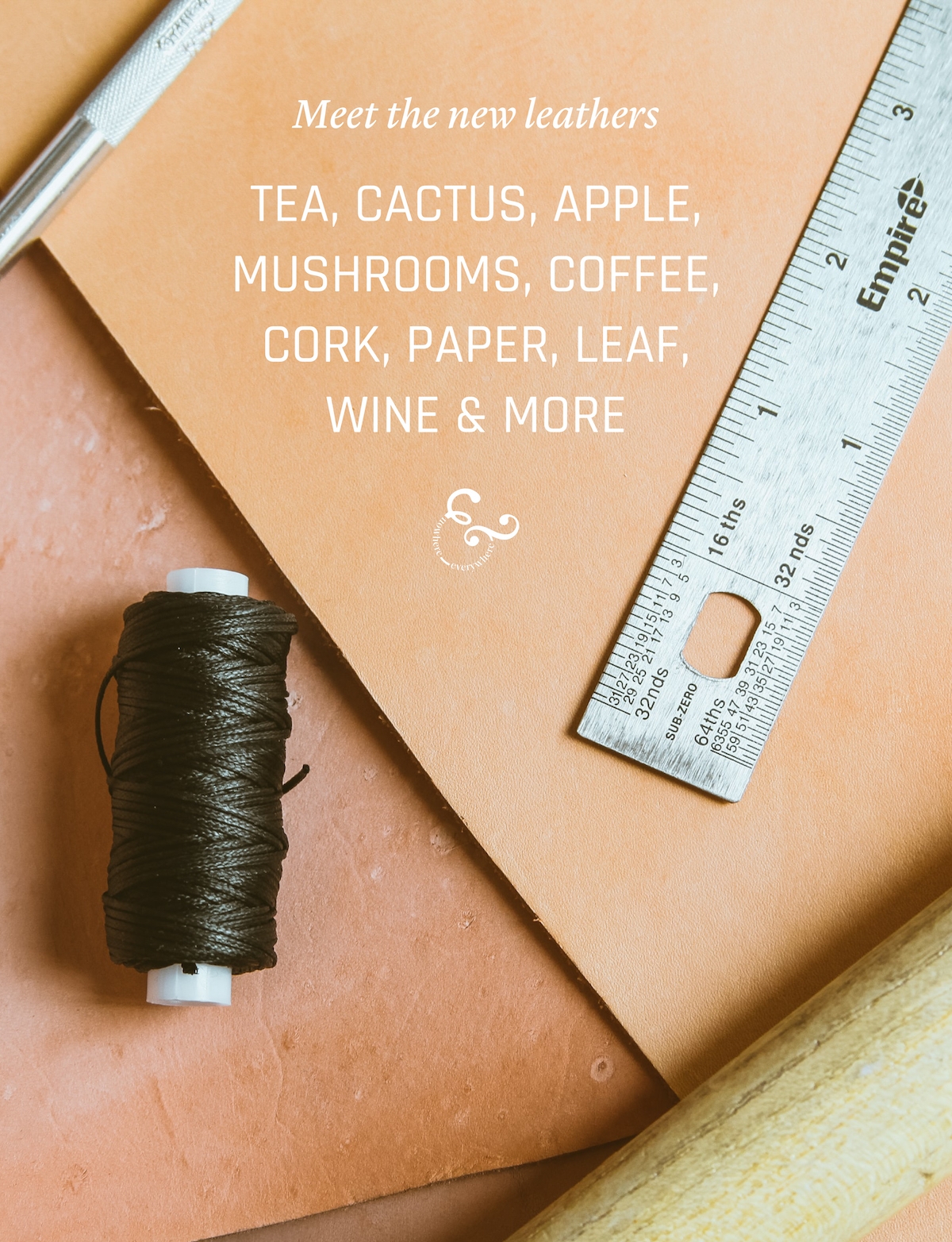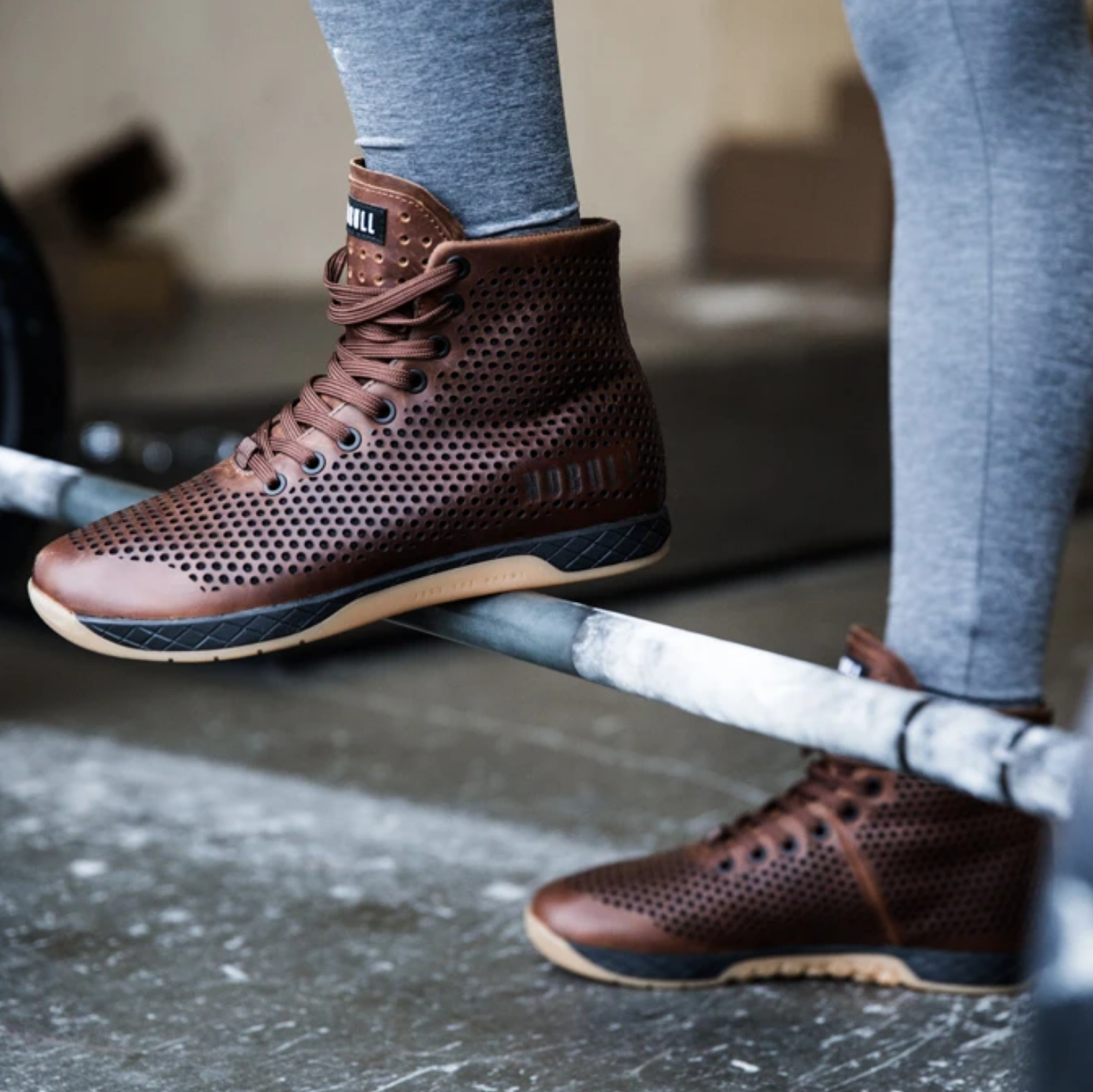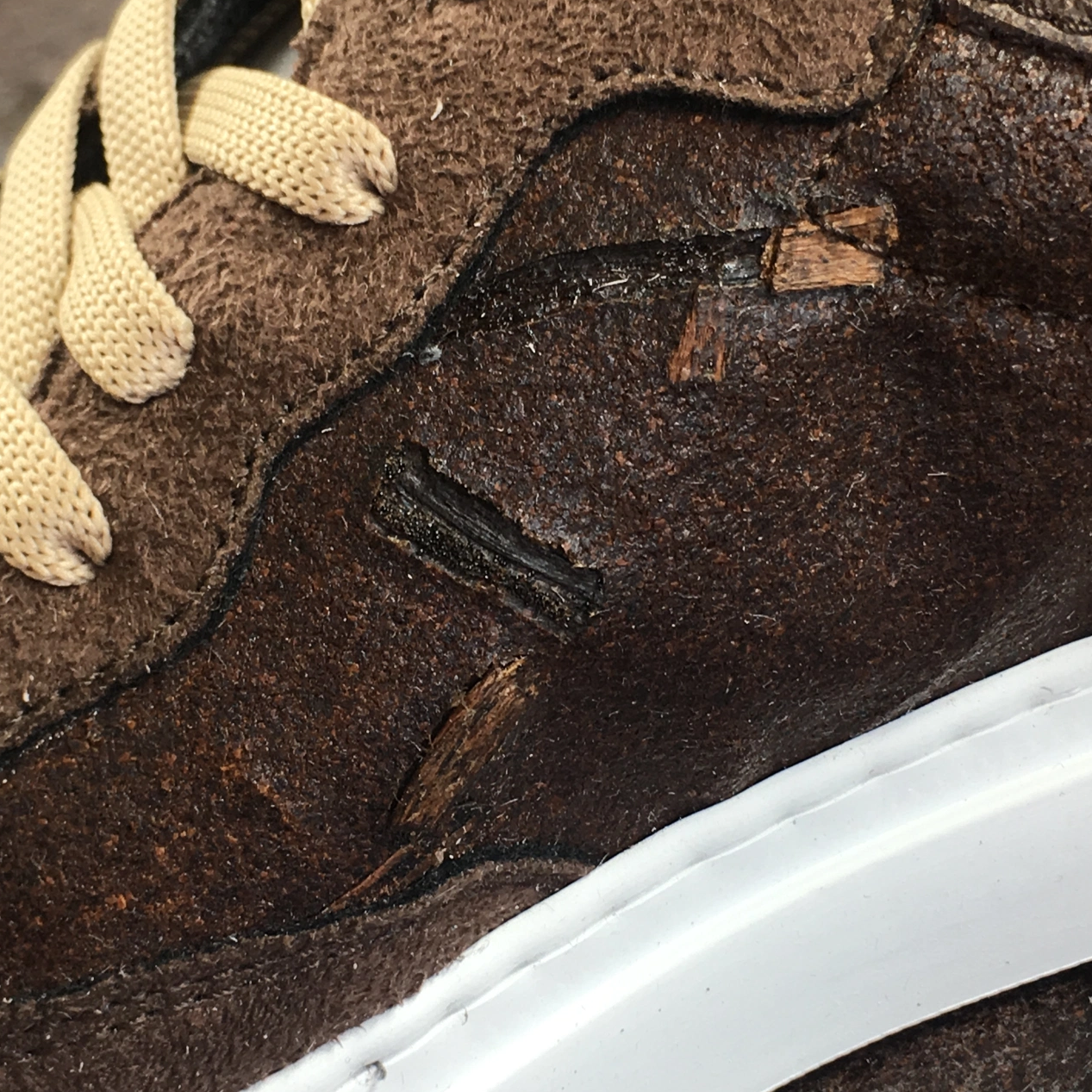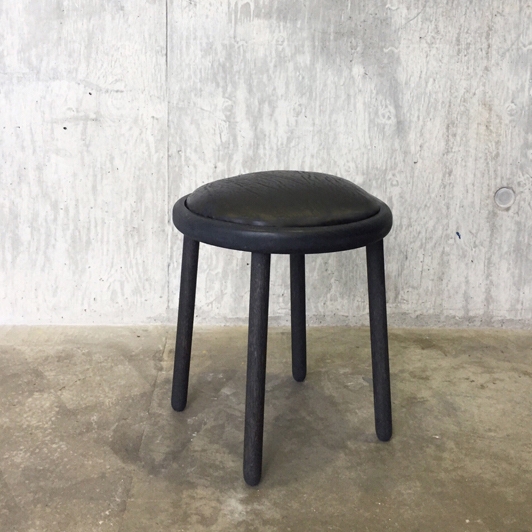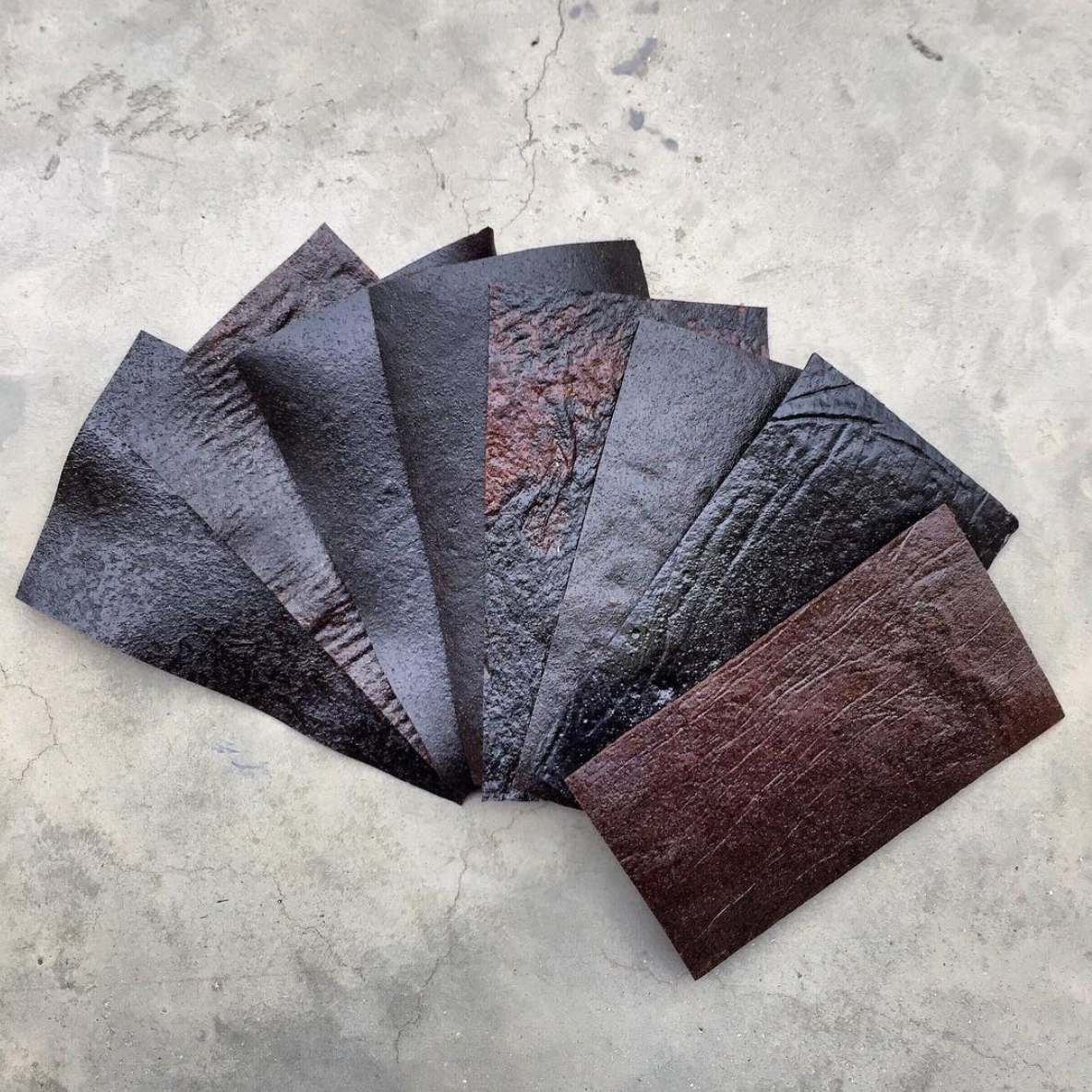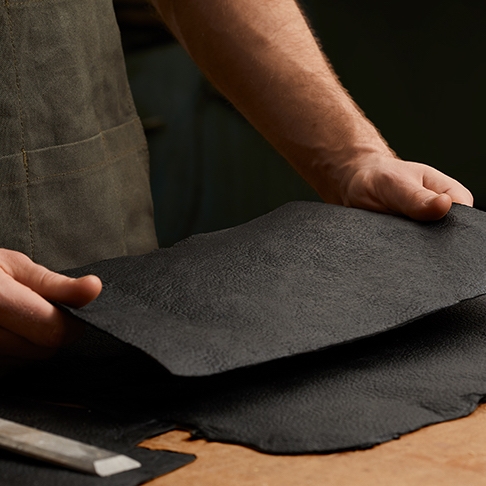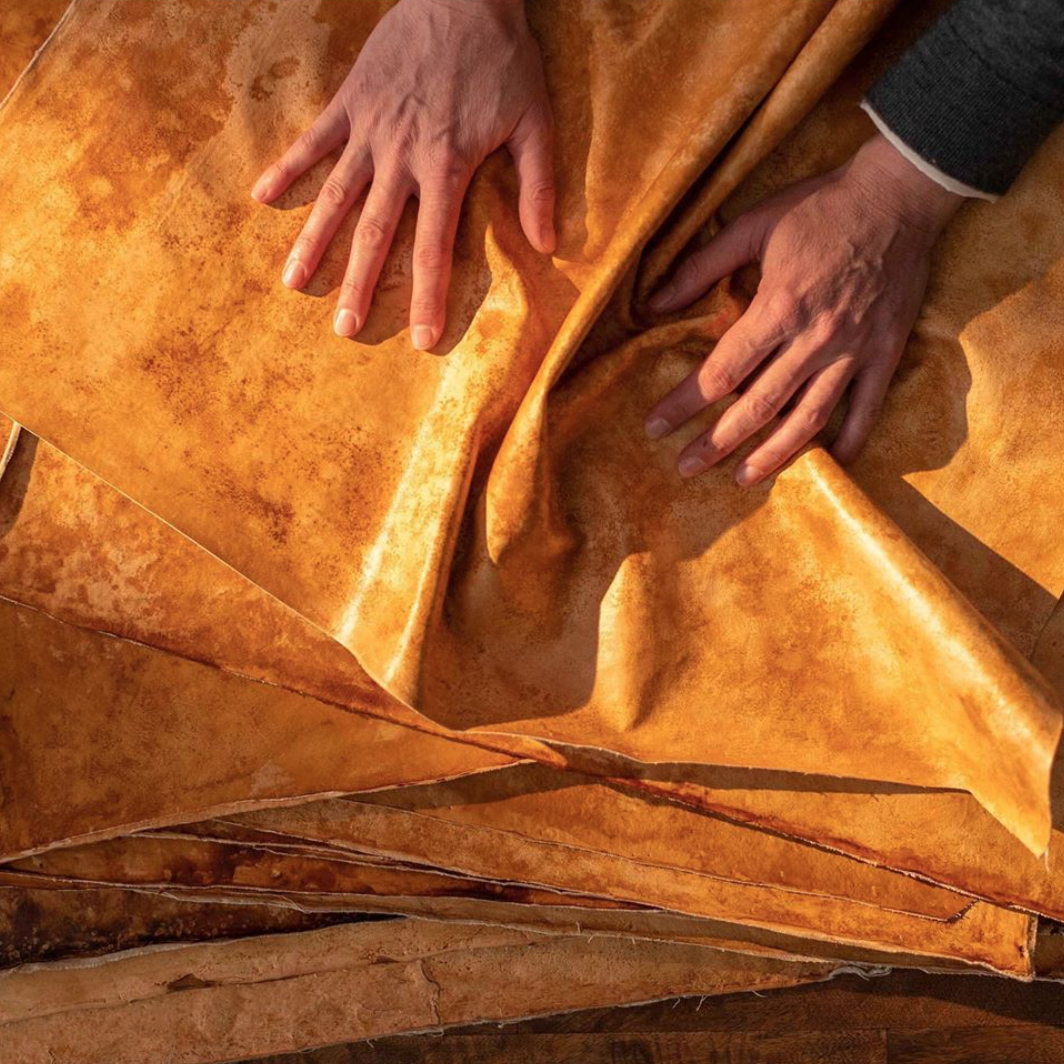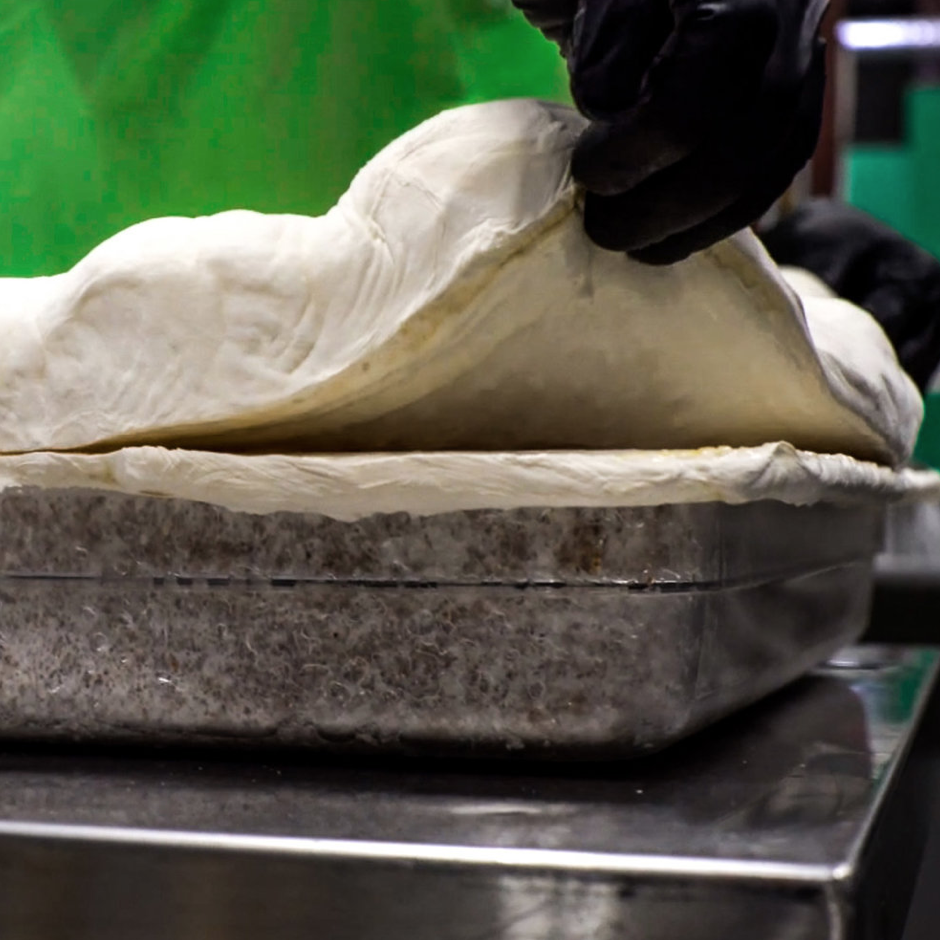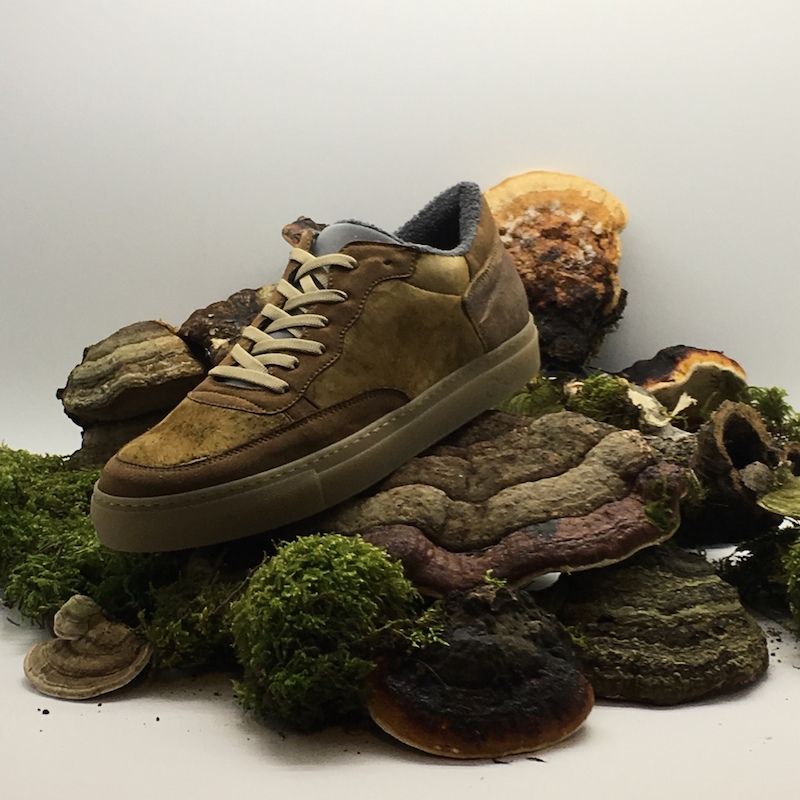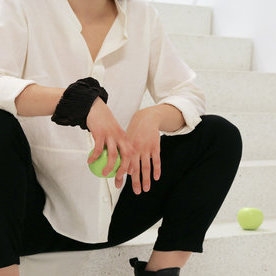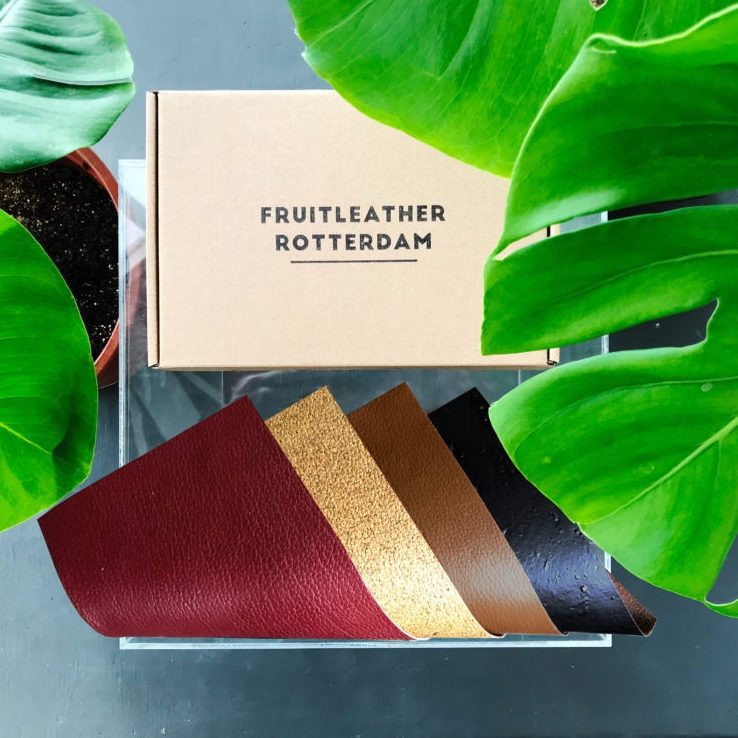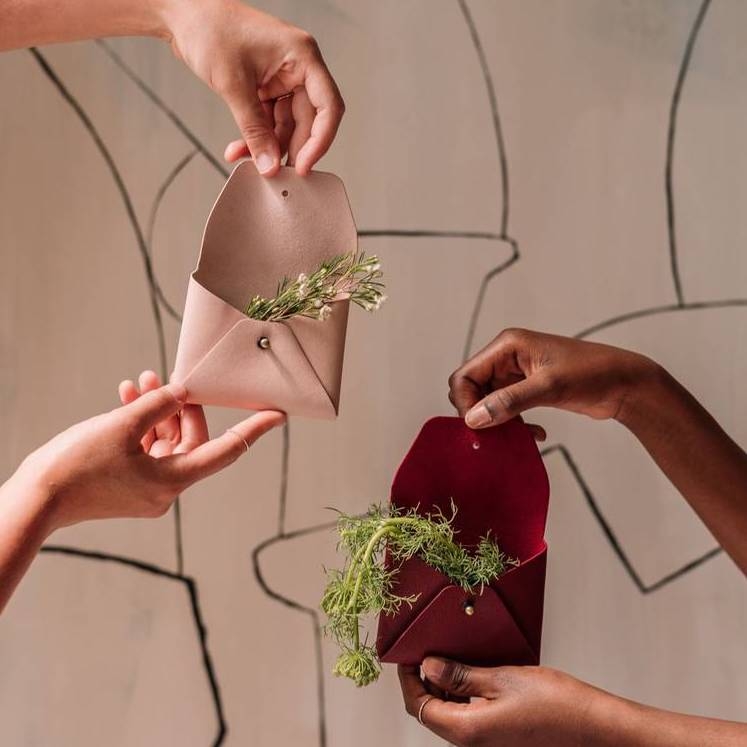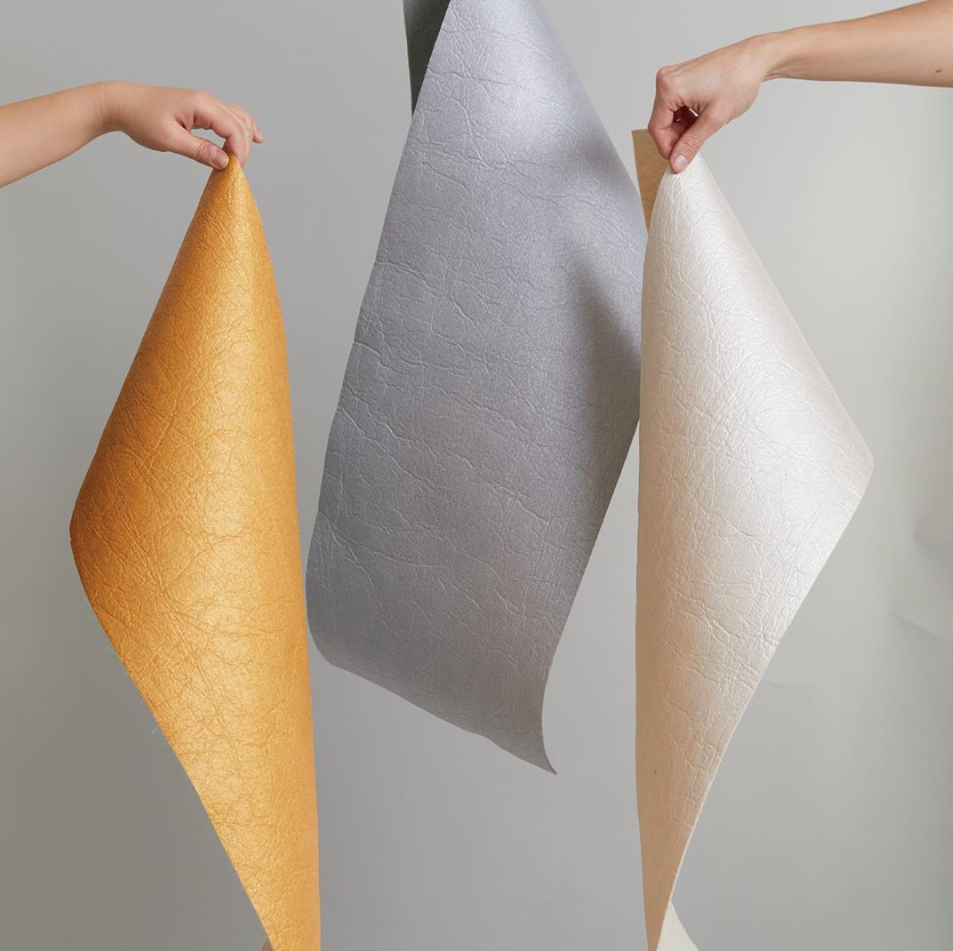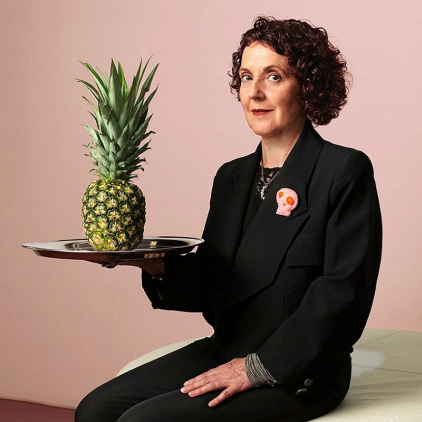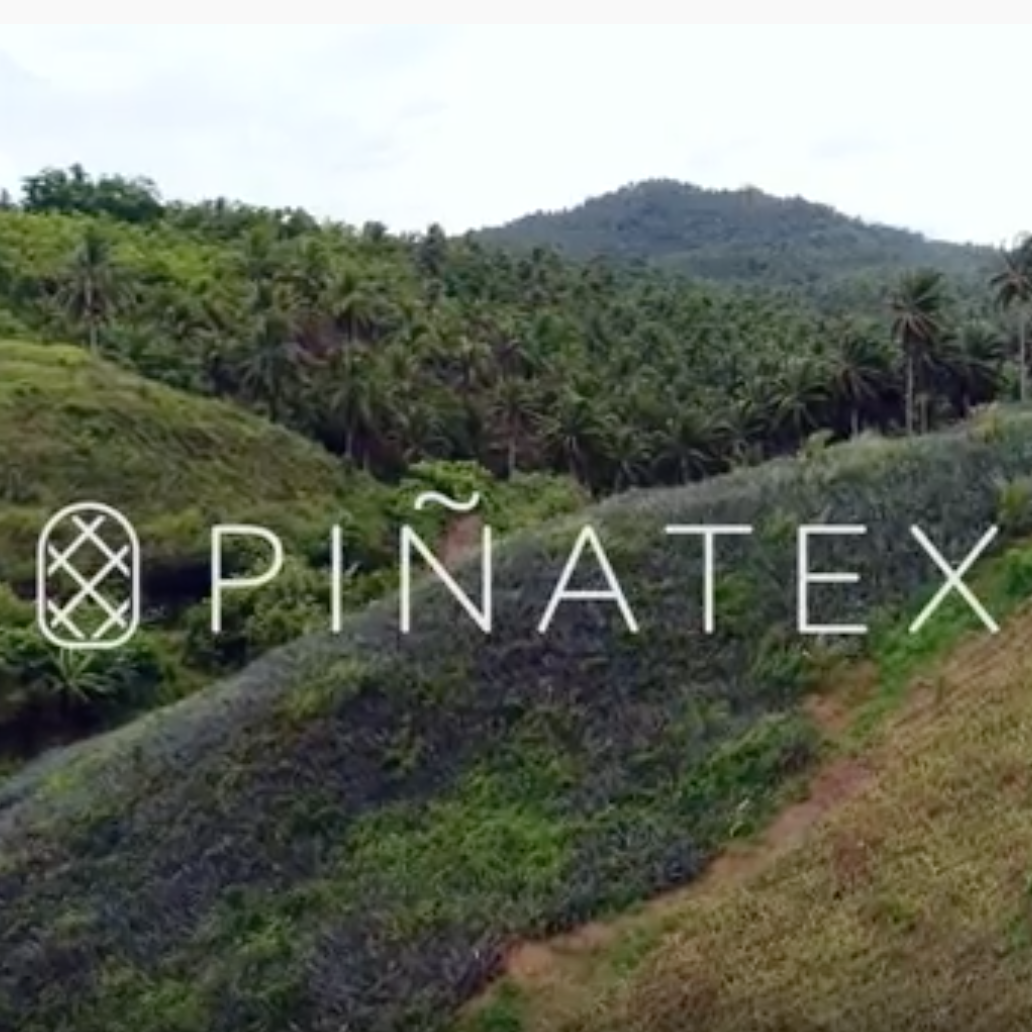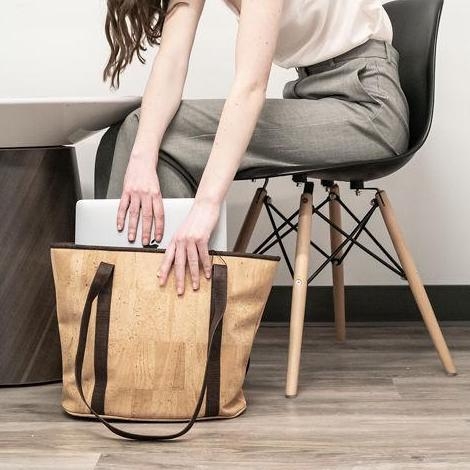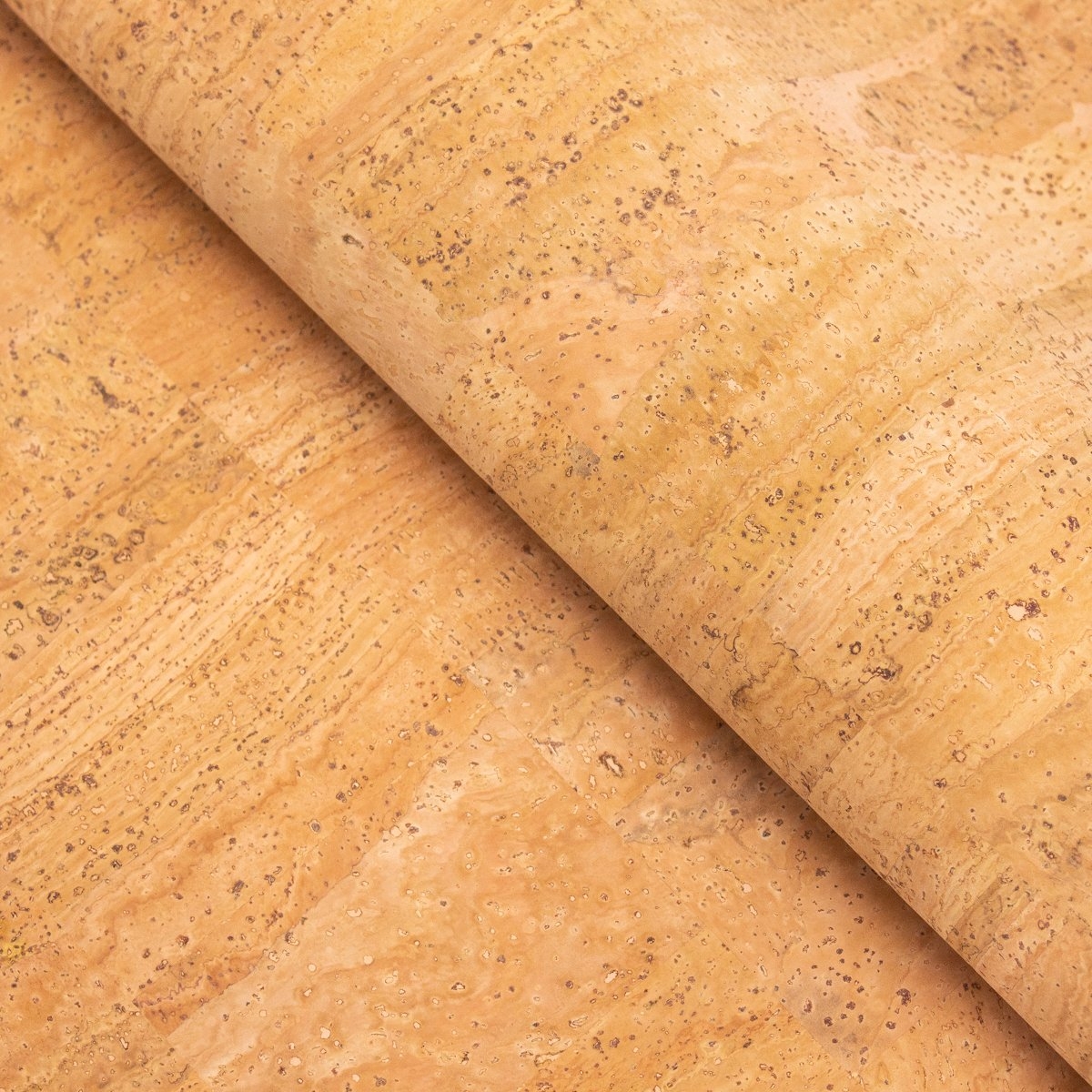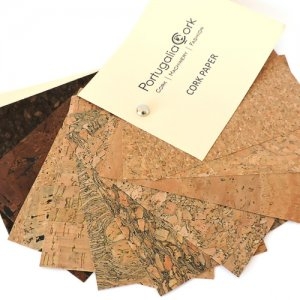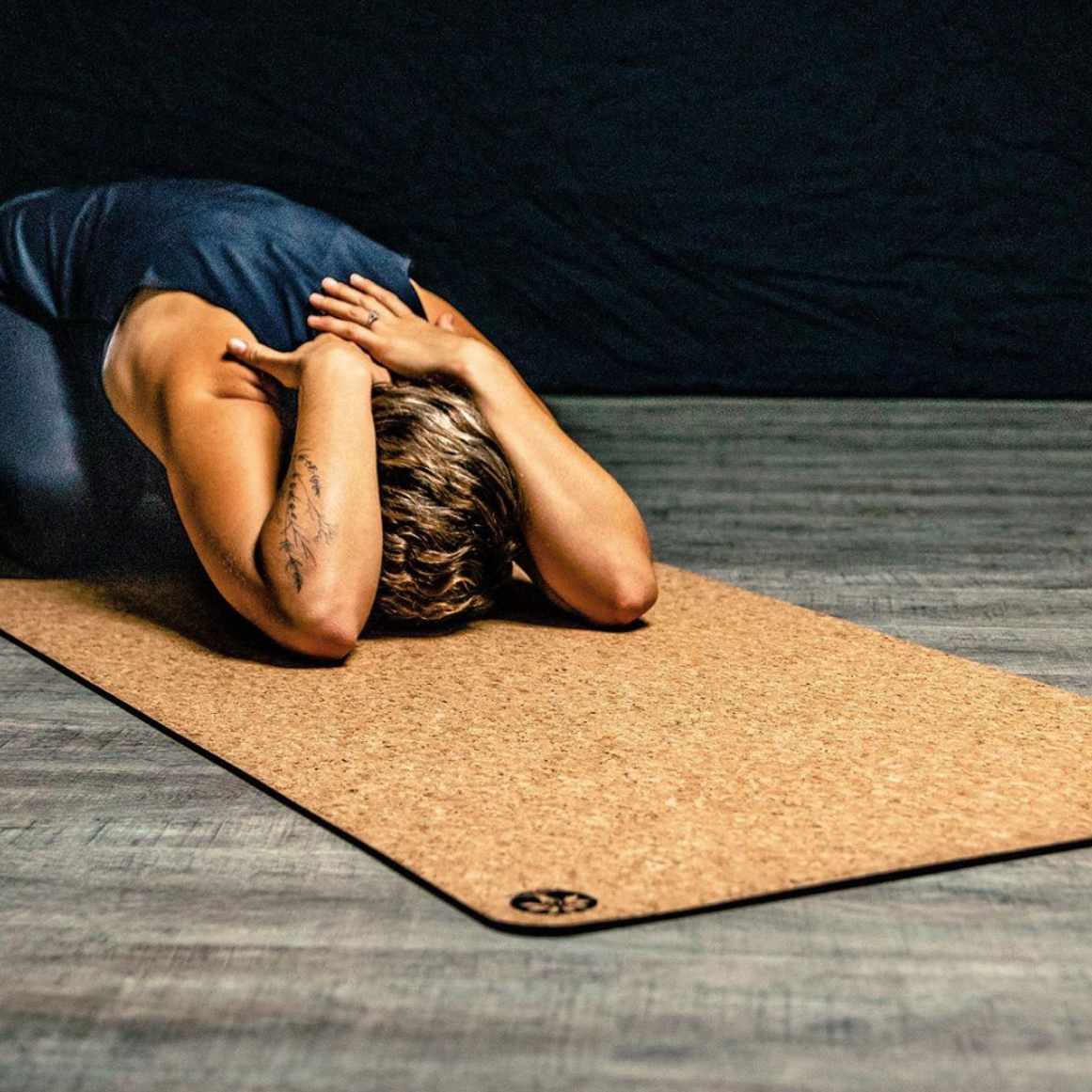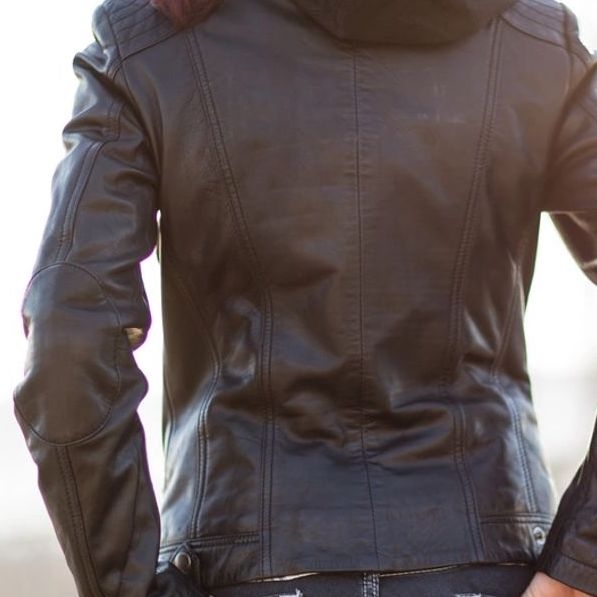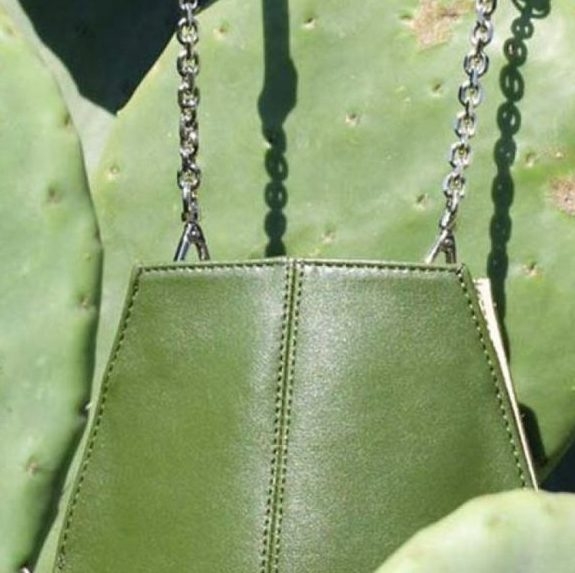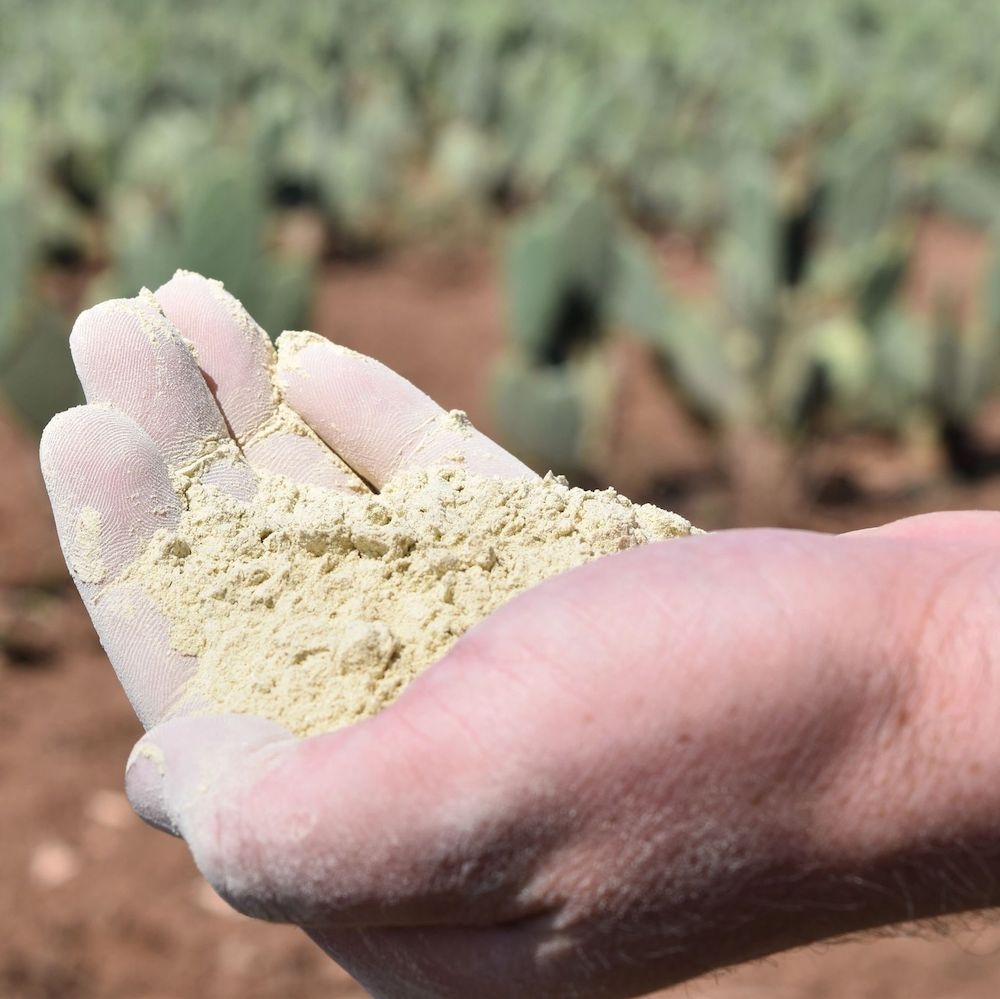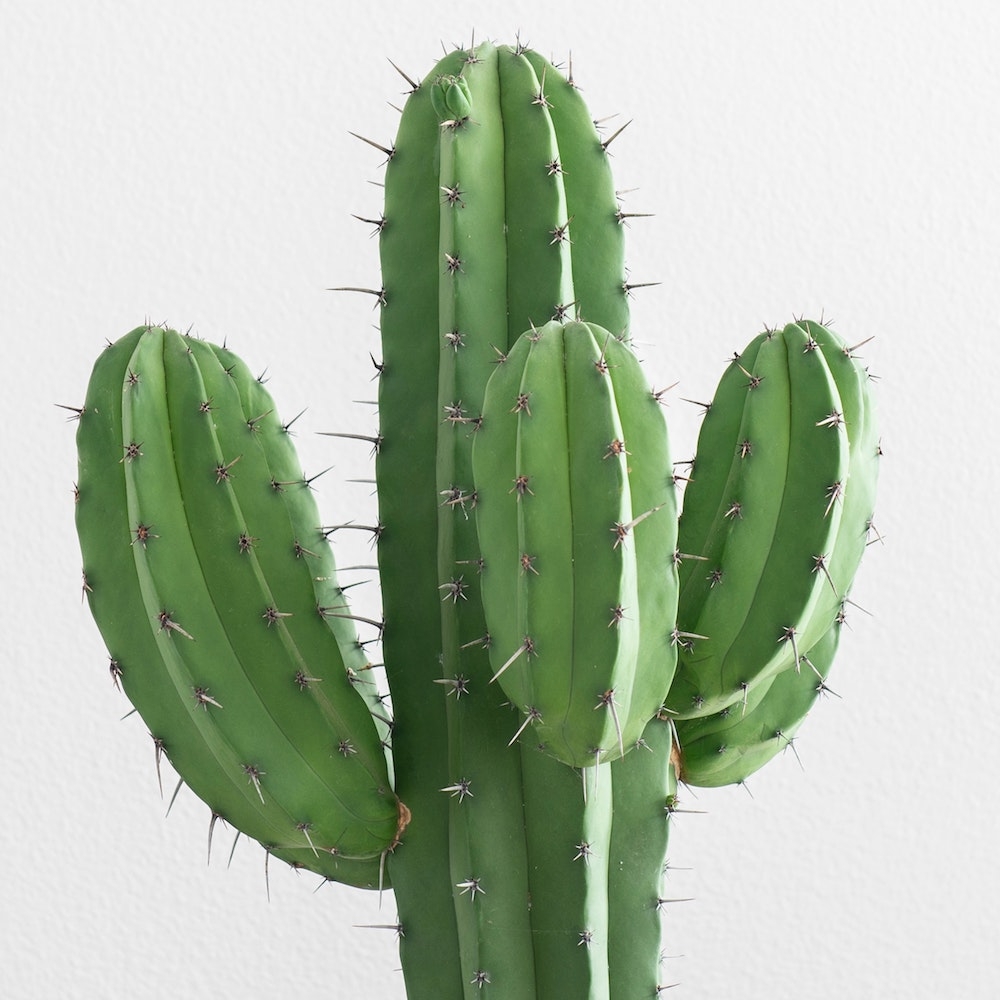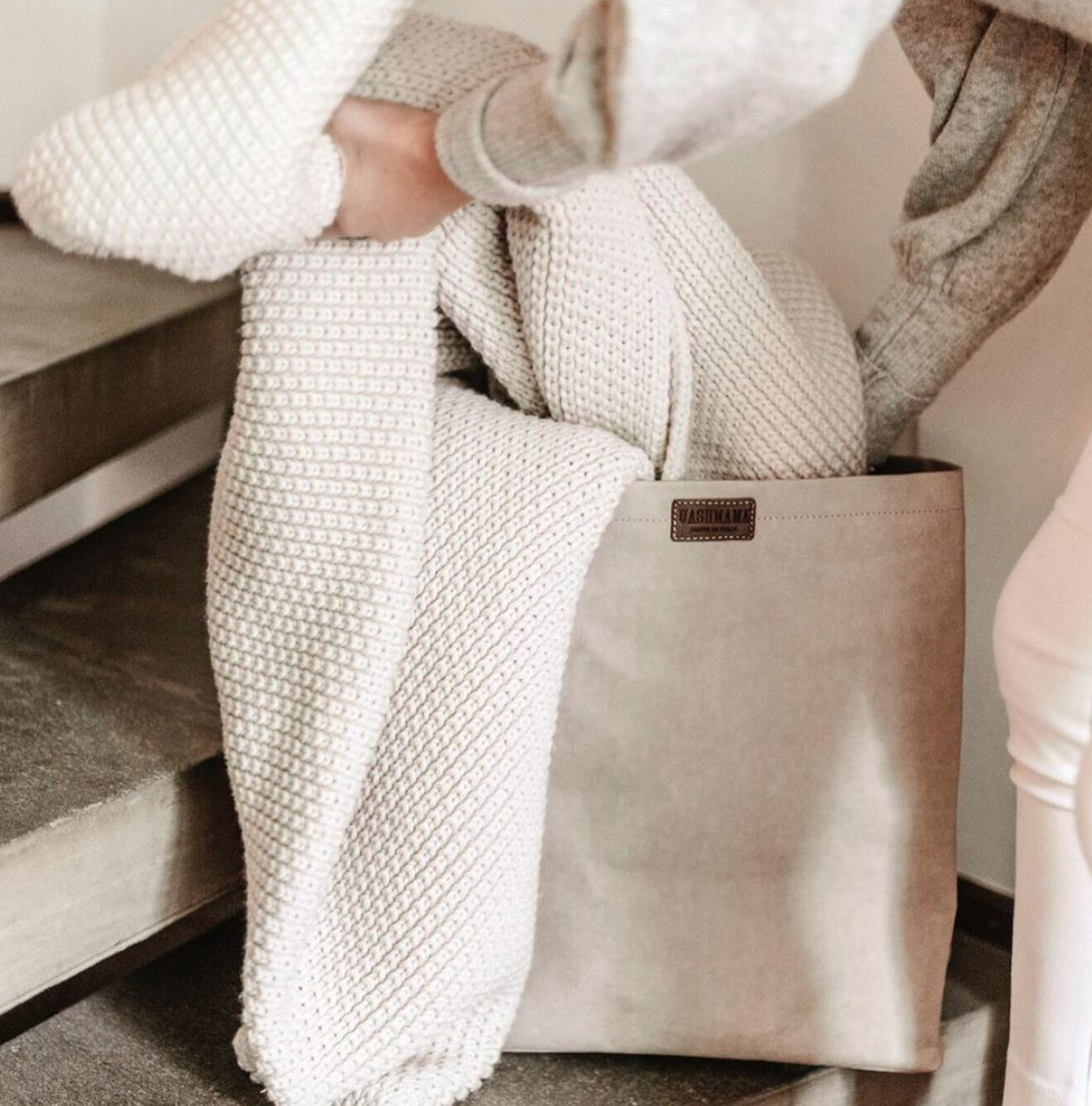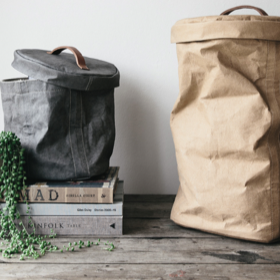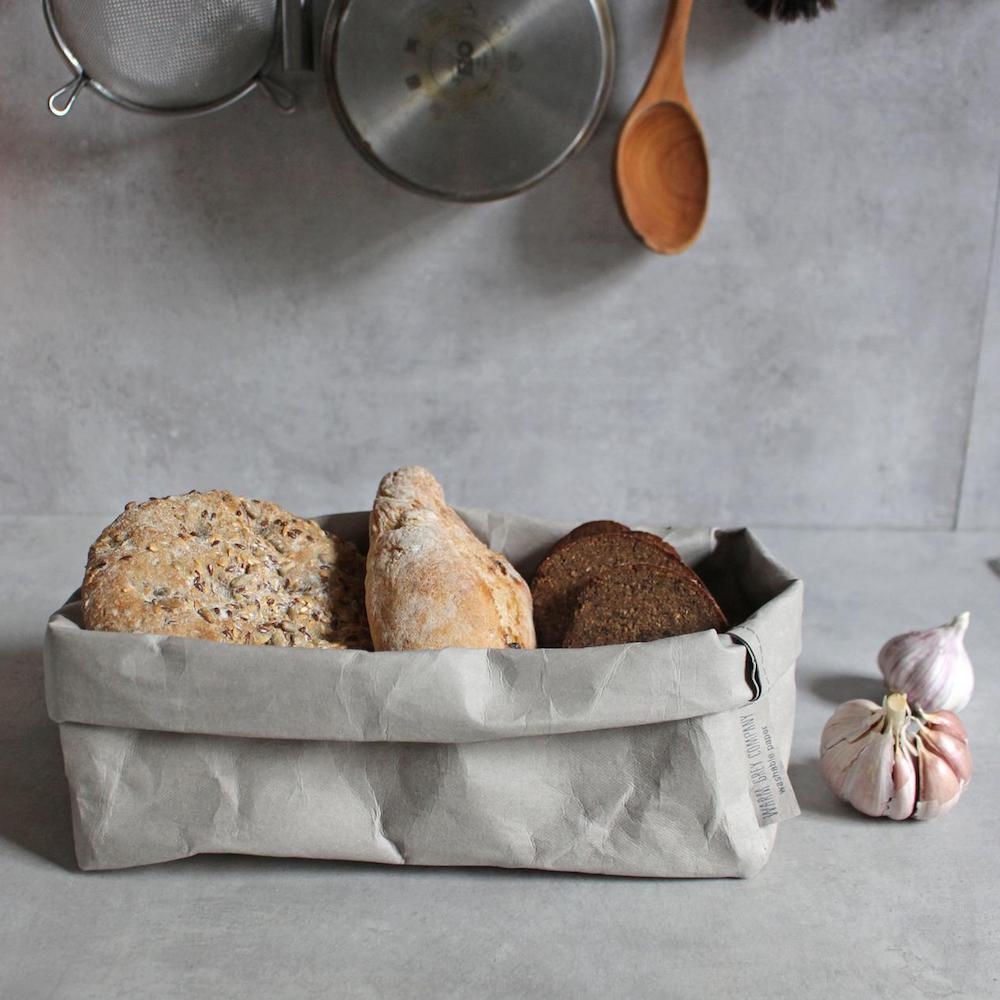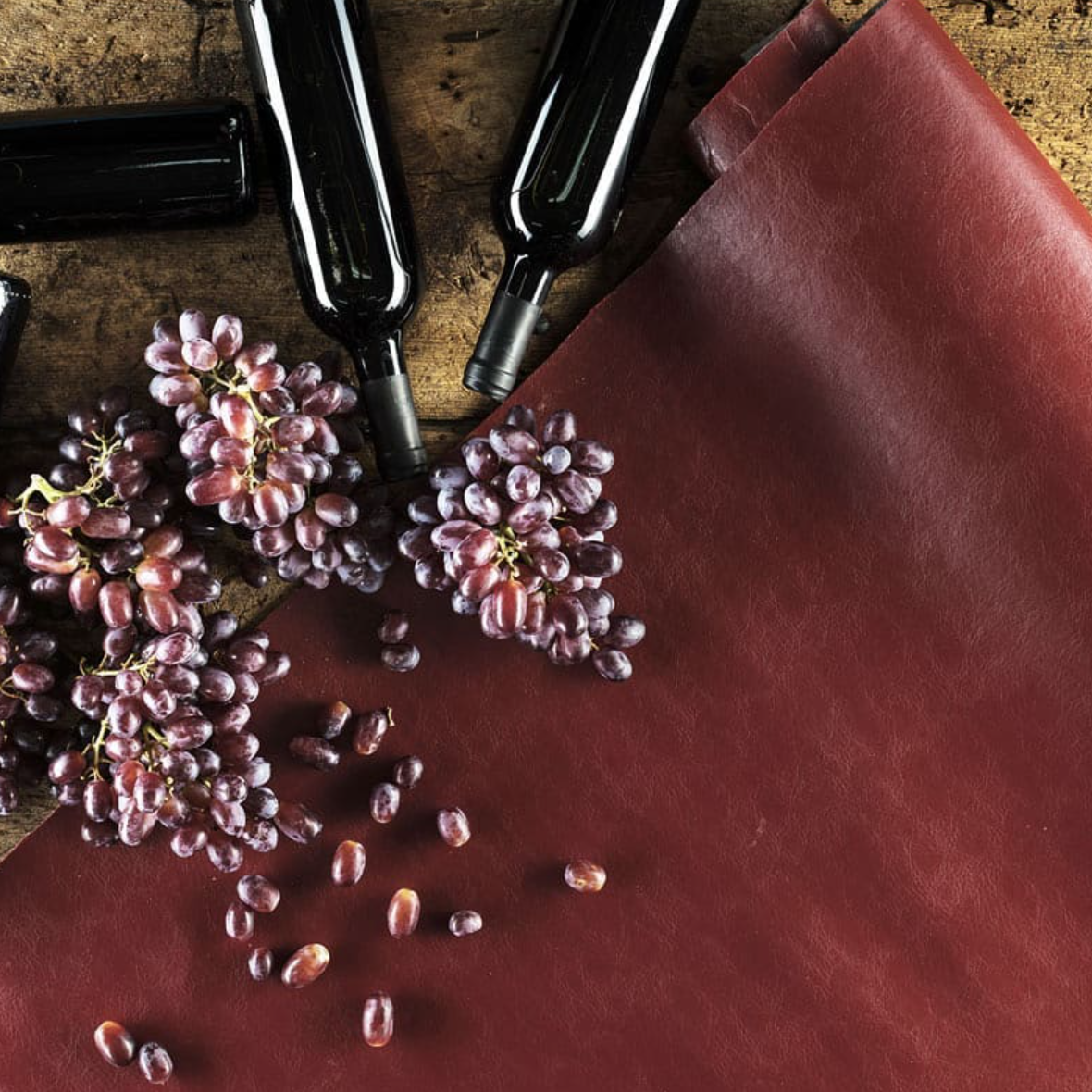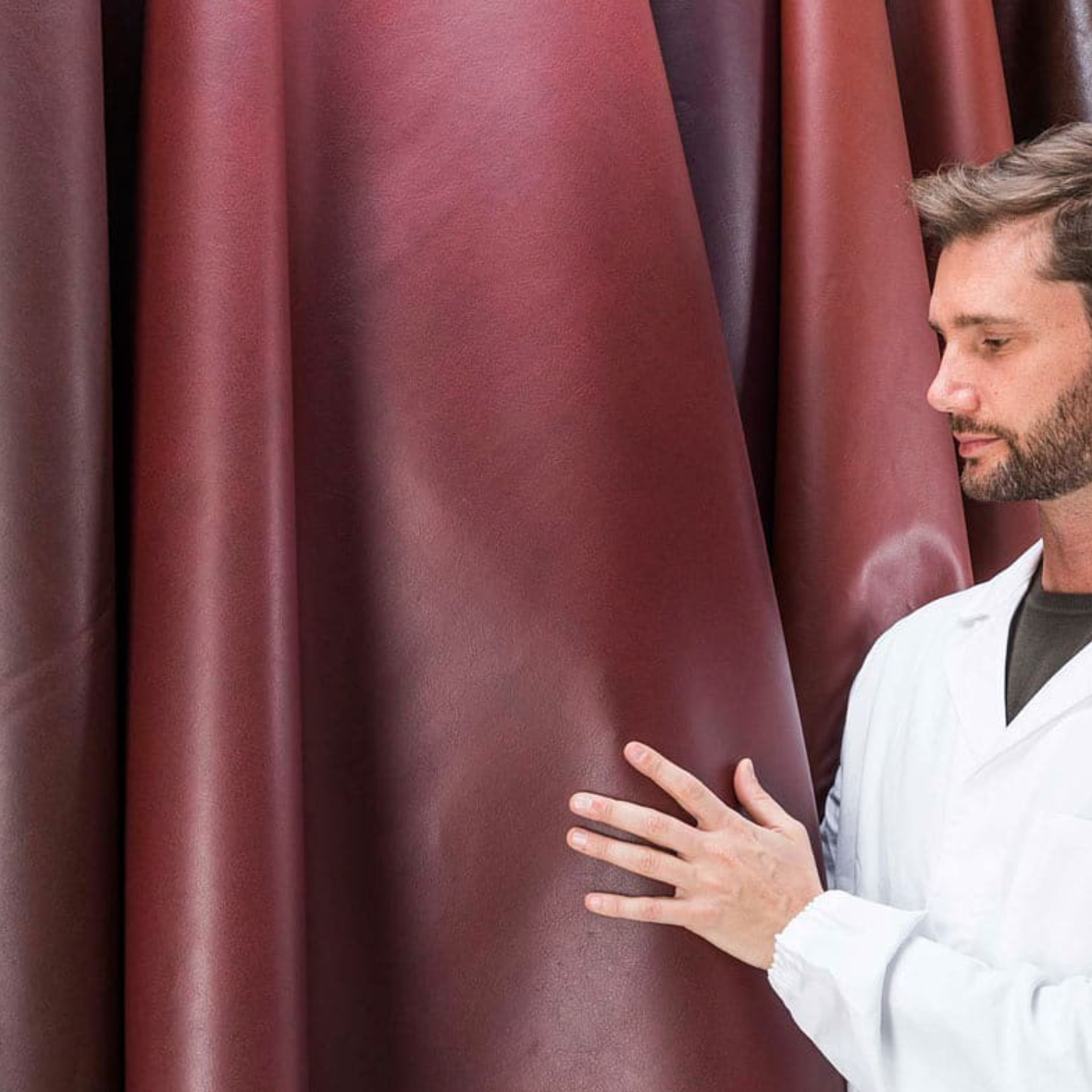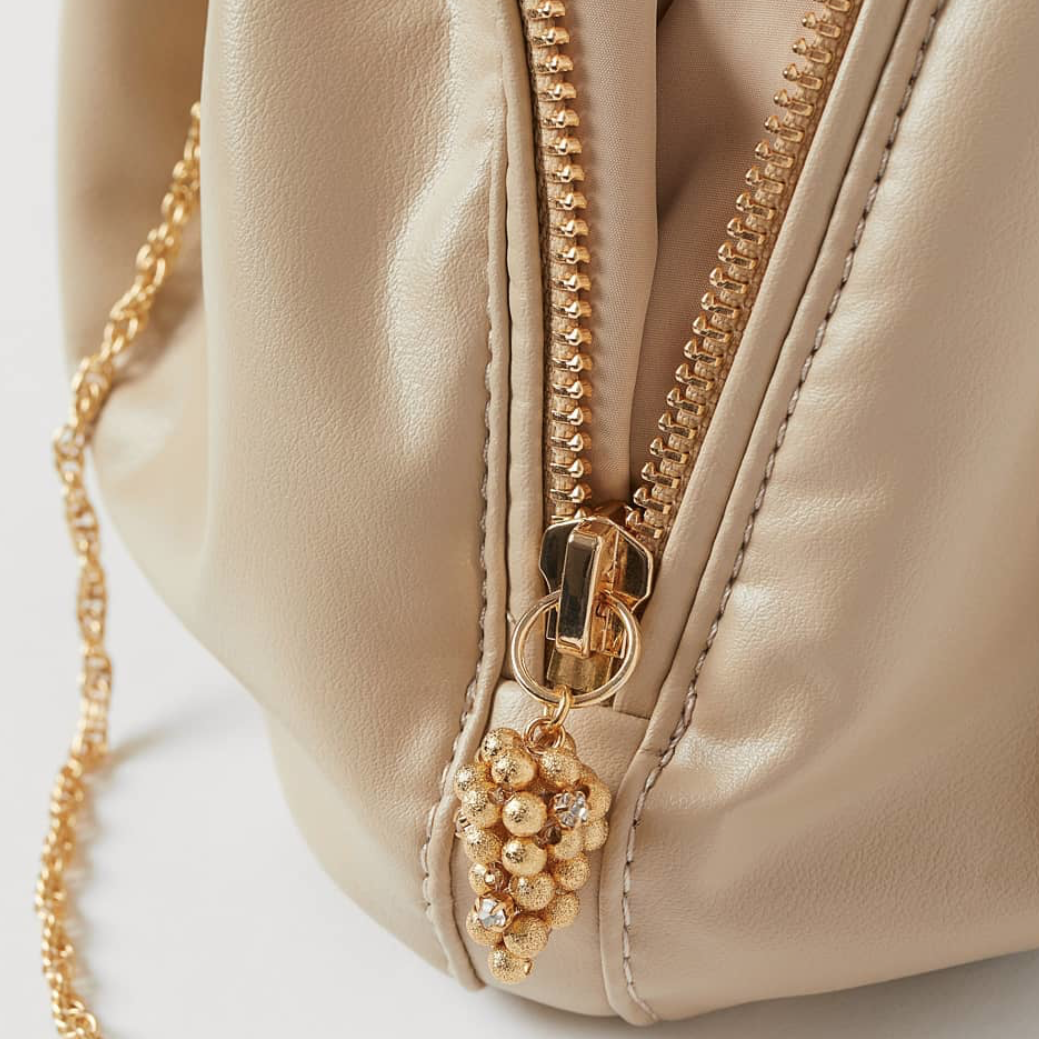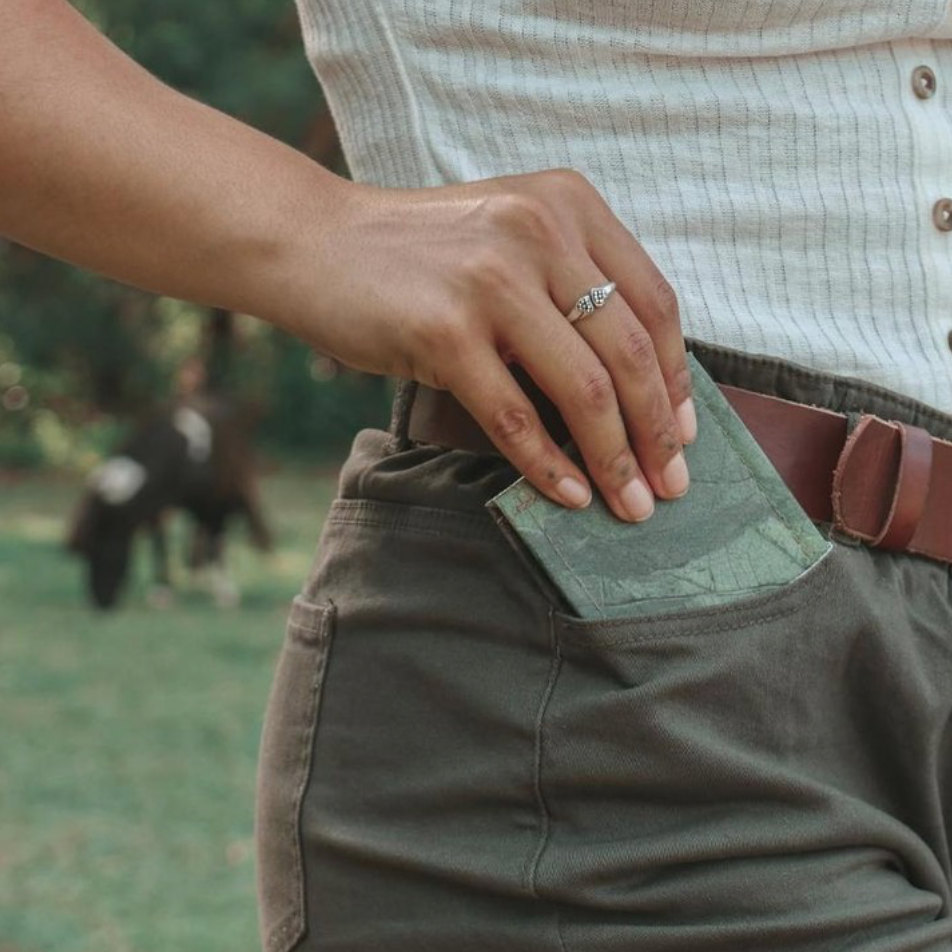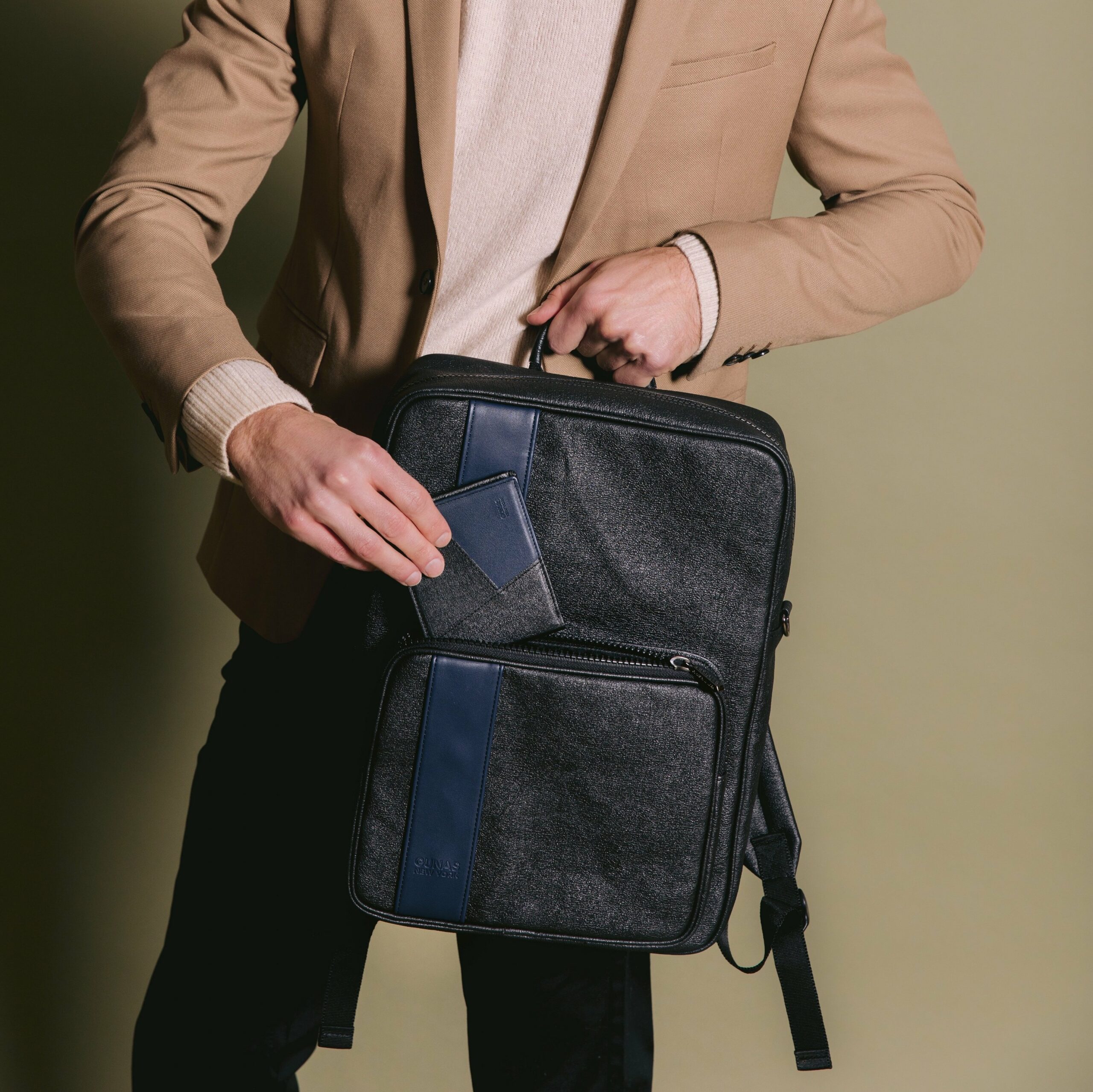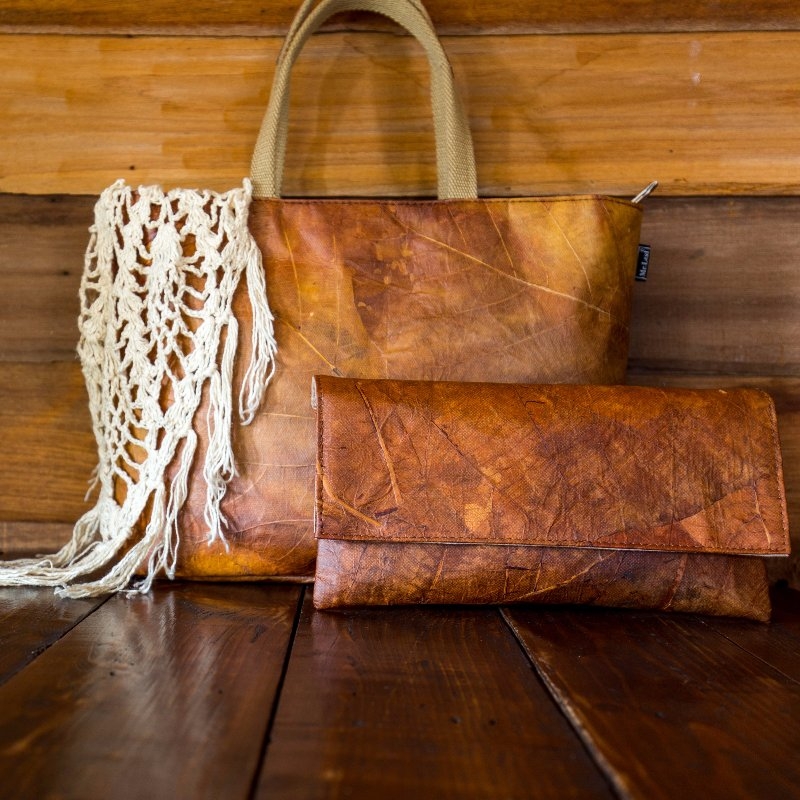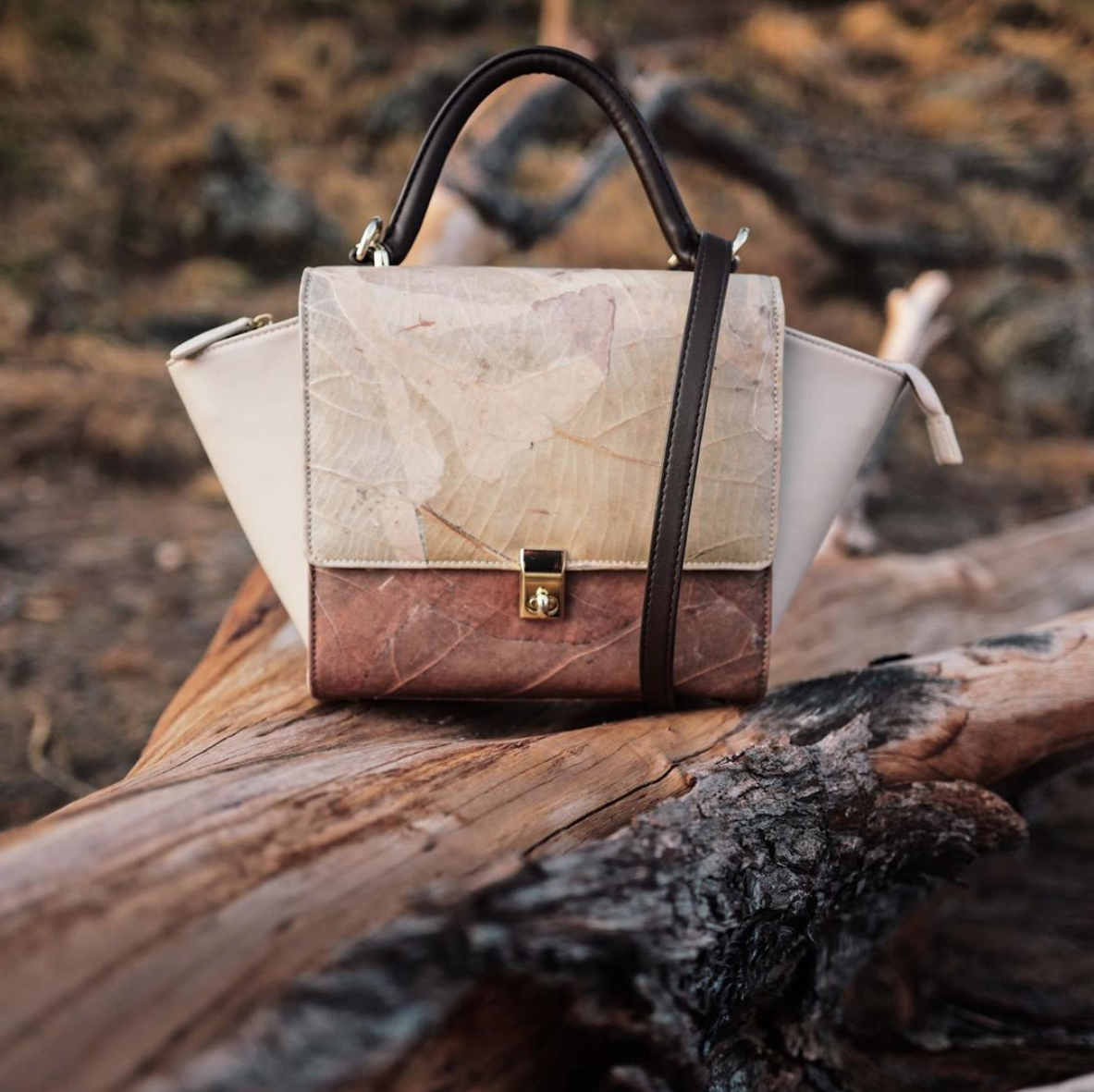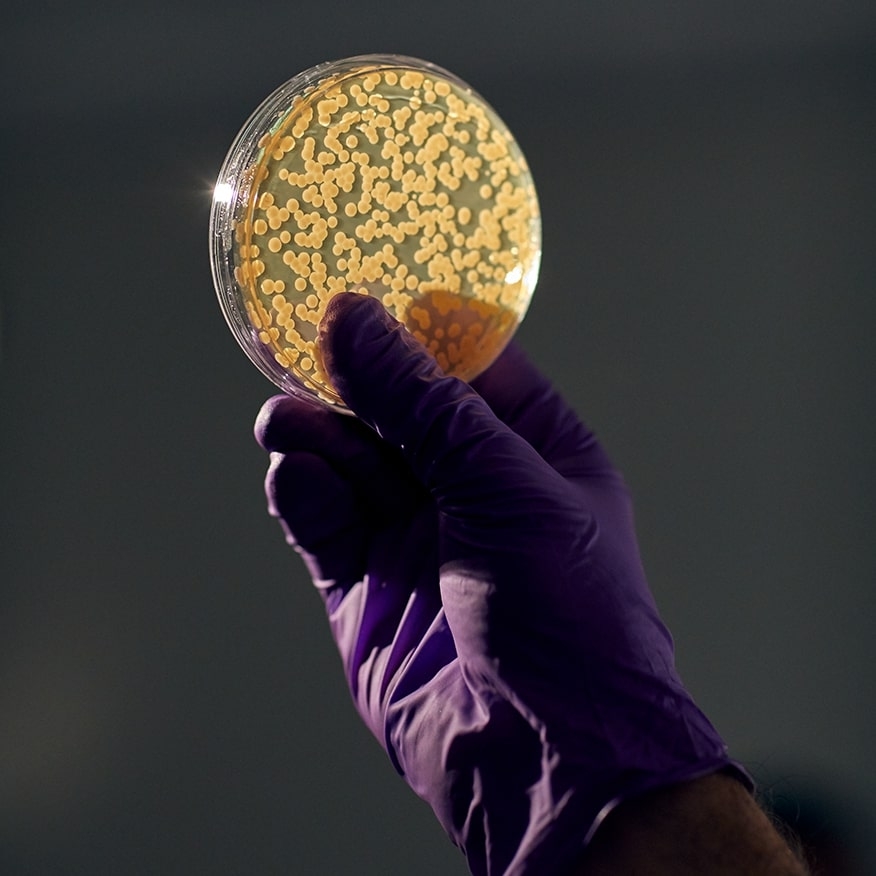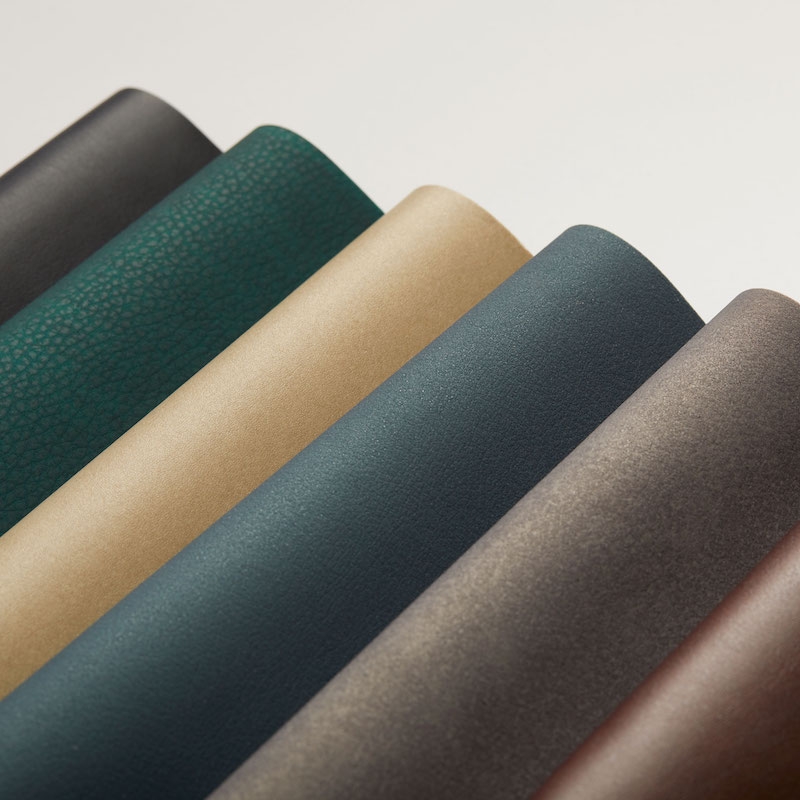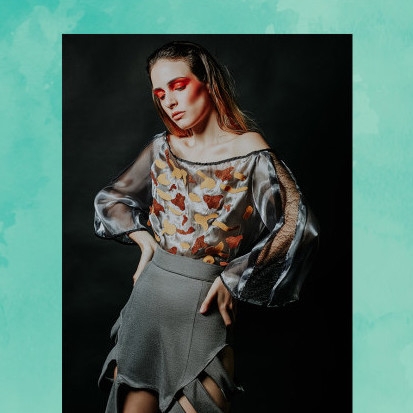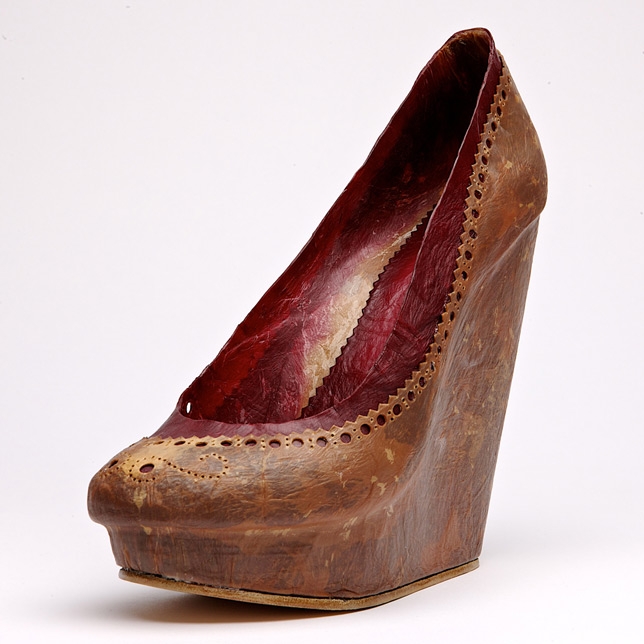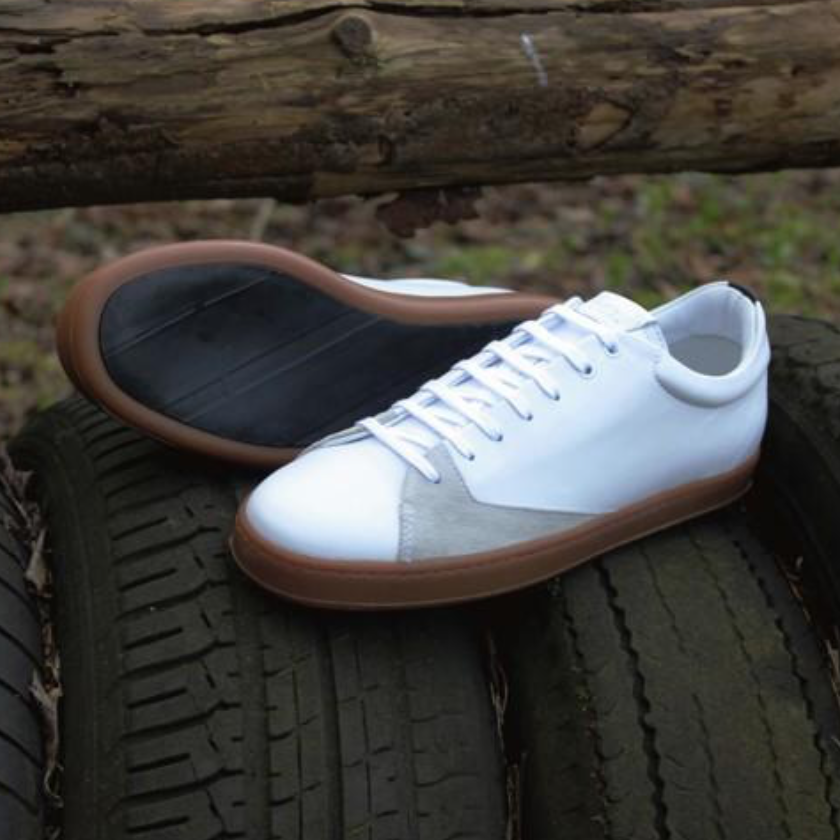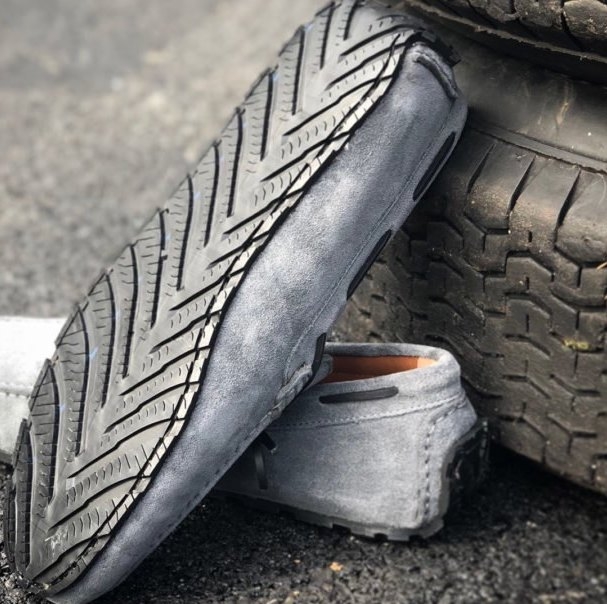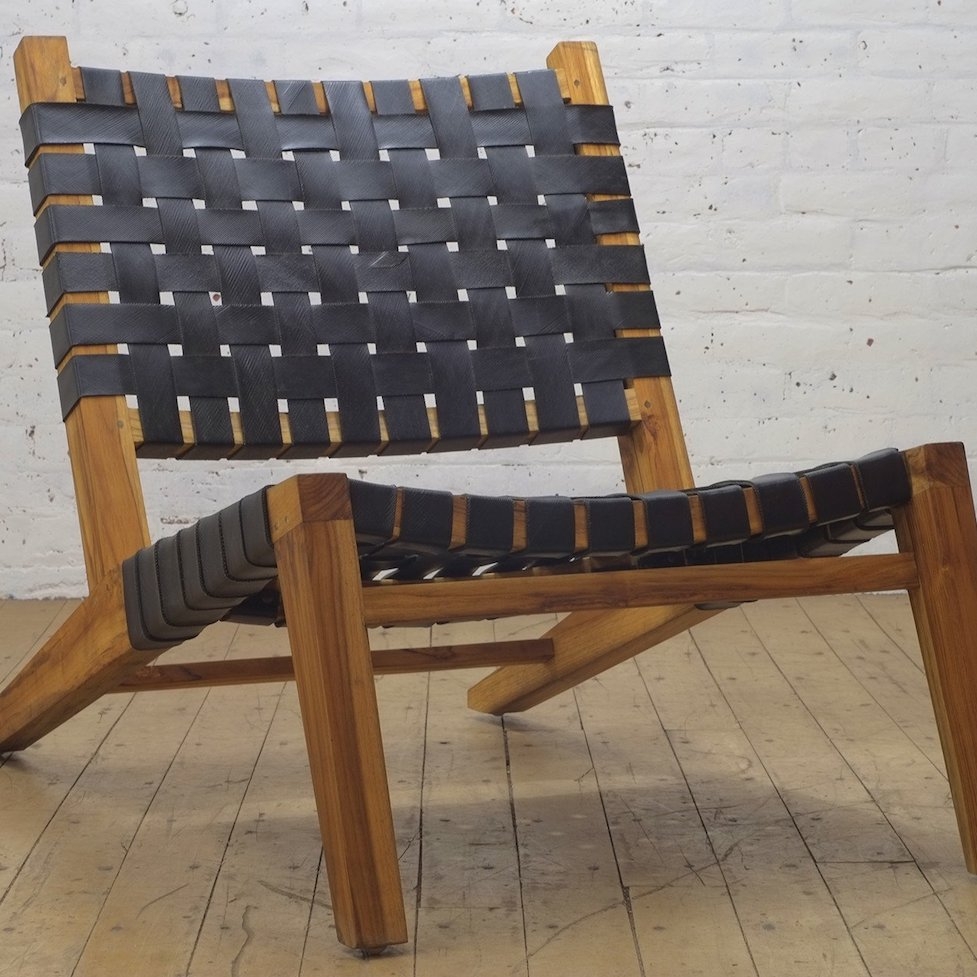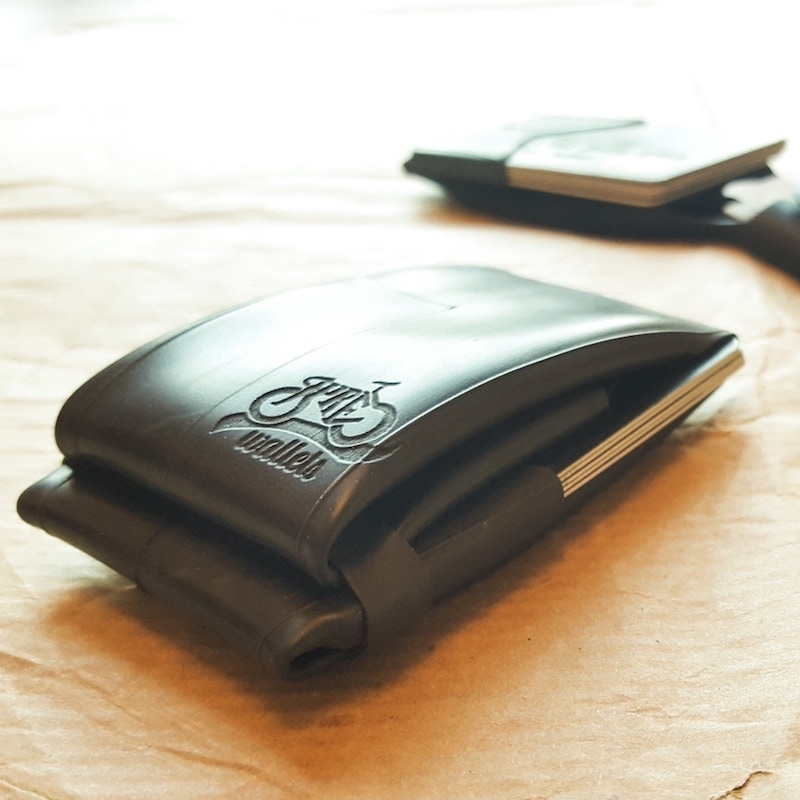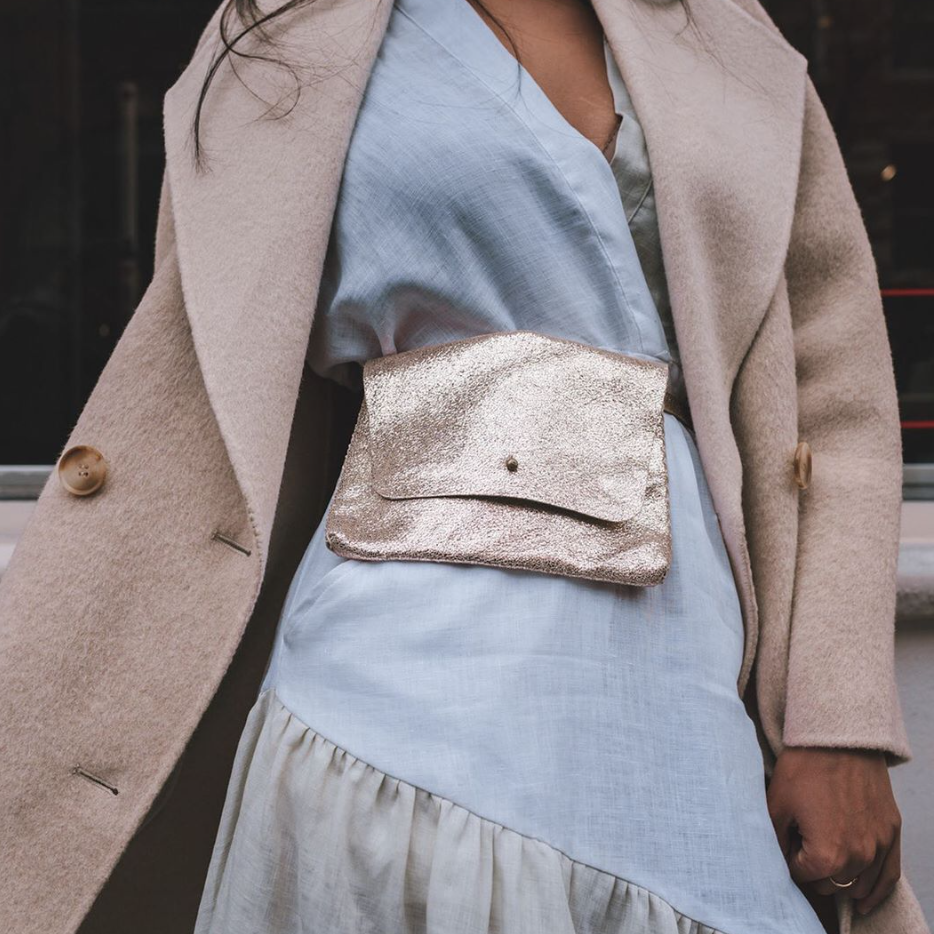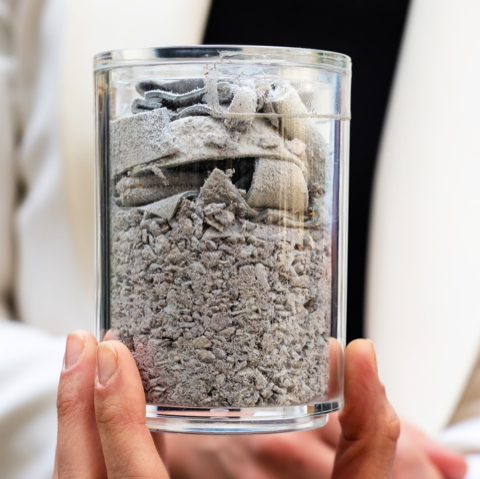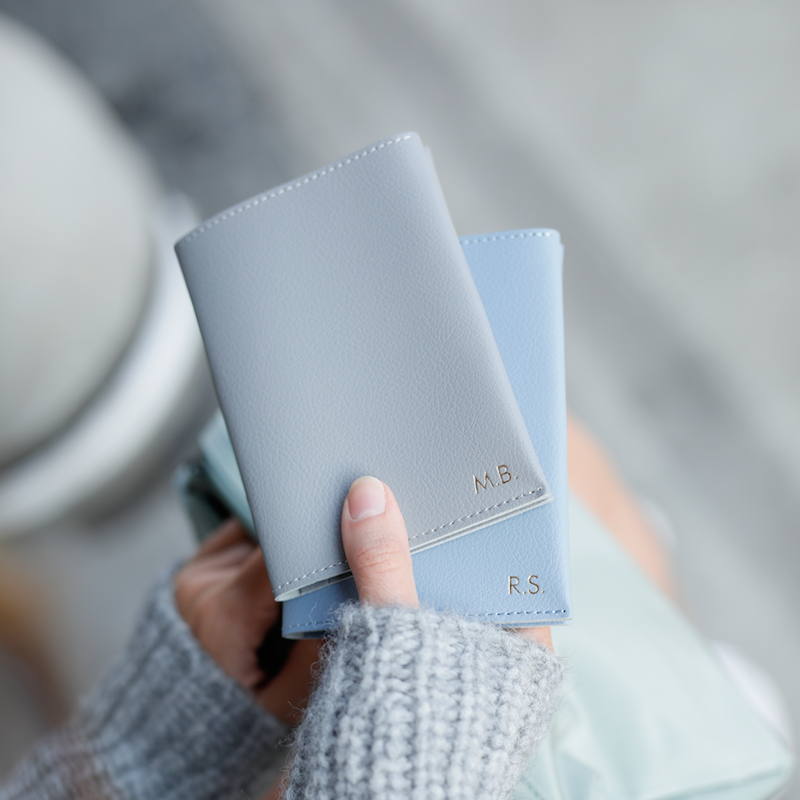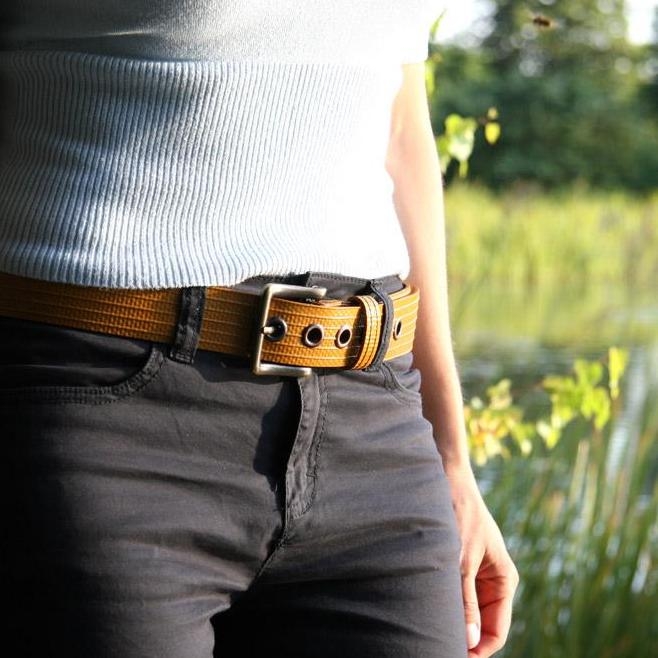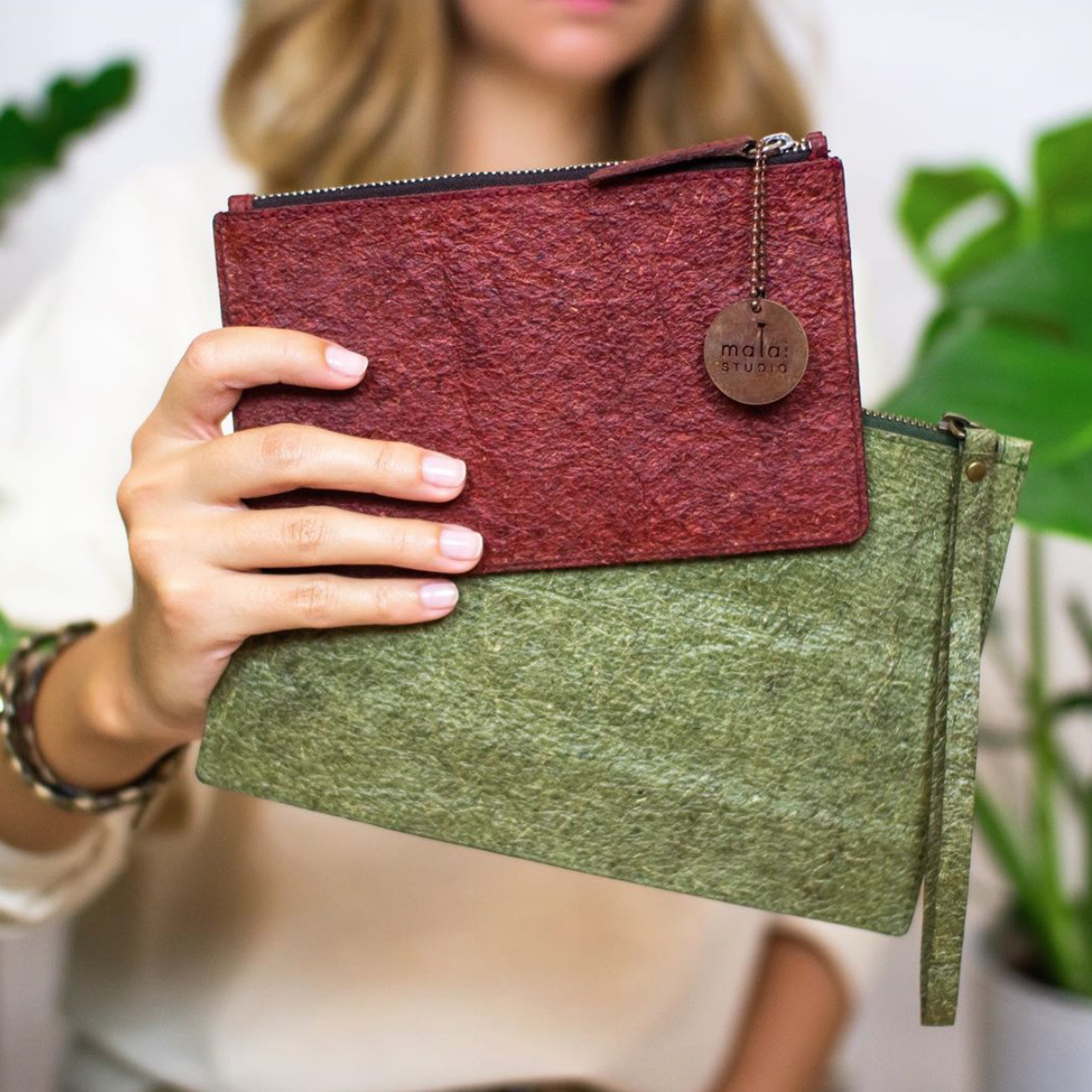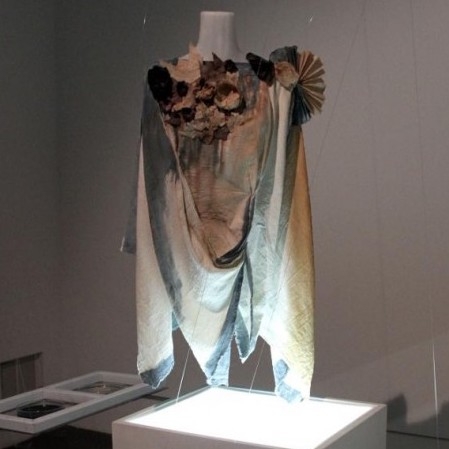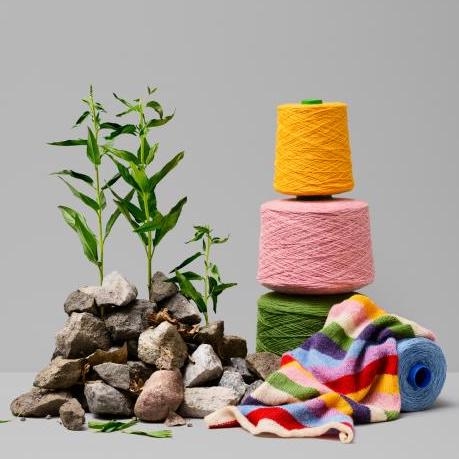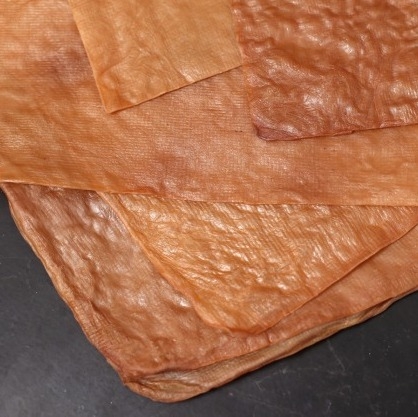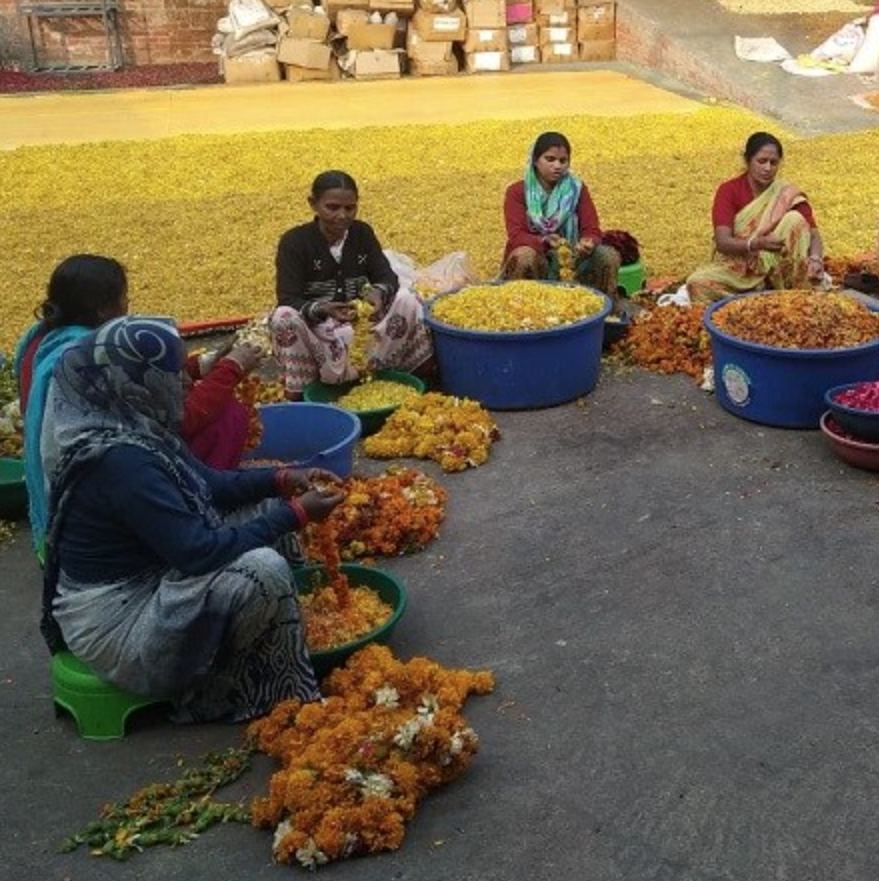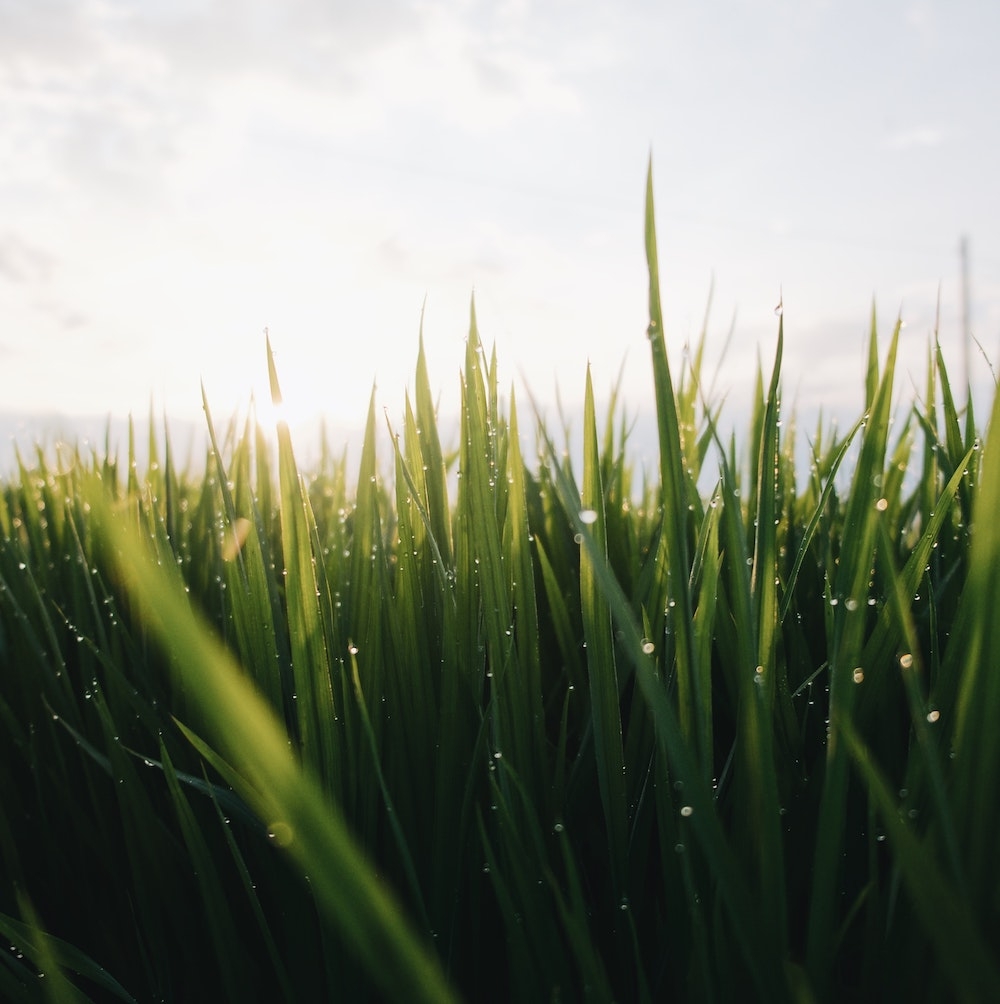Free guide
Your guide to sustainable leather alternatives
There are so many interesting leather products being designed right now. We’ve collated all these in one handy guide. Whether you’re interested in buying a vegan product that isn’t plastic faux leather, or want to use a sustainable leather fabric to make your own items, this should give you quite a runway to explore further!
What’s wrong with leather?
It really depends on where you stand on using animal products. Genuine leather can last for years and years and can compost at end of life (mostly; it depends on the process it was made by and application to product). Generally speaking, when well cared for, leather products far outlast their equivalent vegan, faux product. Given the latter is also environmentally destructive made through fossil fuels as a plastic, and you have to buy many more to last the same 3 – 10 years (if not decades) as the genuine piece, the environmental impact of fake leather often far outweighs the genuine piece that lasts years. That said, the leather industry full of exploited labor, animal cruelty, and toxic chemicals whilst being part of the intensive agriculture industry the largest portion of the time. Exploited labor and toxic chemicals also run rampant in the fast fashion industry and its fake leather fabric though too (the business model doesn’t work without it).
So is there good leather?
There is still a raging debate about this that goes along the lines that whilst we currently have the agriculture system we do, leather can be – and often is – a byproduct of this industry. Typically a lot of leather is made from bovine (cattle) skin. If it is therefore made from what would normally be burned and thrown, with traditional techniques, ethical labor and vegetable tanning, then that’s not terrible for environmental reasons. Certainly there is plenty of merit to this as long as it’s not a primary reason for deforestation, land-use change, water usage and factory farms, and that it doesn’t use the chemical-laden processes of coal-tar derivatives, formaldehyde, chromium, oils and dyes to turn skin into leather and tan it. To be very clear, it is not ethical or sustainable to tan leather in the conventional – and most common – methods.
For ethical reasons, plenty of people don’t want animal derived leather and it’s extremely difficult to know the supply chain of your product throughout its lifecycle. Nearly all brands won’t divulge this and many don’t know every step themselves. If you’re buying genuine leather, look for all these factors, make sure the website offers full transparency and don’t be afraid to ask a lot of questions.
Second to that argument is some increasing research that leather is a stimulant for primary production rather than a byproduct of beef. A Greenpeace report found cattle ranchers were illegally clearing rainforest in the Amazon to meet the demand for leather by global fashion brands, not just as a by-product of beef. Just like the beef, it gets shipped across the world for our use. But that’s not the full story. It’s noted that leather increases the profitability of a cow but leather prices have dropped for years alongside a decline in demand as people buy cheaper synthetic versions. The leather would, in general, not be worth raising without the meat for commercial reasons. This equation tends to change when it comes to lamb and calf leather though – definitely avoid those products.
Whilst cows, pigs and sheep leather might come as a byproduct of the animal food industry, crocodile farms exist for their leather. Goats, alligators, pythons, ostriches and kangaroos are also killed specifically for their skin; it’s worth far more than the meat. On the flip side of that, Indigenous peoples in certain regions raise these animals for their skin with the income helping preserve their environment from gold mining and cattle farming. Whether you choose to use these products is an ethical decision you can make in line with your own values.
Lastly, binding agents on leather can be a big problem and will affect the biodegradability of plant-based leathers. That goes for genuine leather, faux leather and all the sustainable items found below. Plenty are toxic glues, PVC or PU. Slowly more designers are experimenting with natural materials such as beeswax and cornstarch. A lot of the cork leather on the market is bonded onto a thin layer of synthetic which is antithesis to the sustainability of the product. Increasingly this is cotton but cotton has plenty of problems depending on where it is grown (largely due to water usage and labor). These are the things you need to research, particularly if you’re using the leather for your own products.
Common leather goods include: handbags, messenger bags, wallets, shoes, belts, watches, technology accessories such as laptop covers, couches, chairs, jackets, shoes, gloves, skirts, dresses, chains, pet accessories, accessories for keys, glasses cases, journals, homeware items, and other clothing.
And vegan (faux) leather?
Faux leather – also known as pleather – is made from polyvinylchloride (PVC) or polyurethane (PU). It is one of the world’s most heavily produced synthetic plastic polymers. That’s to say, nearly all vegan leather items are made from fossil-fuel based plastic. Fossil fuel extraction also destroys our lands, kill and displace animals, and the resulting climate change wreaks havoc on our biodiversity. Vegan leather does therefore not mean it hasn’t had an impact – displacing, killing or endangering – on animals either. Additionally these items don’t last long and end up in landfill or being burned. They don’t compost and when burned they can release toxic chemicals. Plastic leather is not the answer by any measure.
So what’s a sustainable alternative?
There’s definitely a case that genuine leather can be a sustainable material if it meets all the conditions outlined above. It is certainly a sustainable practise for Indigenous peoples. Hopefully as a planet though we will start moving away from factory farming and mass beef, and this will lower the available leather of this type on the market. As that demand decreases, we need to think about alternative long lasting materials. Largely these are still in experimentation with some now scaling-up production swings. We’ve outlined the most promising plant-based leathers and a couple of other sustainable options in this quick-read guide.
It’s useful remember that reducing consumption will help most no matter the material. Some of these fibres also have the potential to become monocrops; that’s absolutely not what we would want and lower consumption, established land laws the local owners, and smaller companies is therefore important.
Note: the resources are correct as of time of writing. We have linked to places to purchase the raw material, products that use the fabric, interesting interviews and talks. When purchasing an item – whether as a shopper, designer or retailer – please make sure to check production processes, ethical labor and confirm materials as these items are still often in development.
Biomimicry: the design and production of materials, structures, and systems that are modeled on biological entities and processes.
Circular economy: an alternative to a traditional linear economy (make, take, waste) in which we keep resources in use for as long as possible, extract the maximum value from them, then recover and regenerate products and materials at the end of each item life.
Coffee leather
Coffee leather is made from waste coffee grounds, mixed with other natural ingredients (or recycled plastic bottles in some cases which mean those items aren’t compostable). To make a cup of coffee, less than one percent of the coffee is used in the cup and the remaining 99% goes to waste. Most of this ends up in landfill adding to our carbon emissions tally. Alice Genberg has been experimenting with this production and see it possible as full circular.
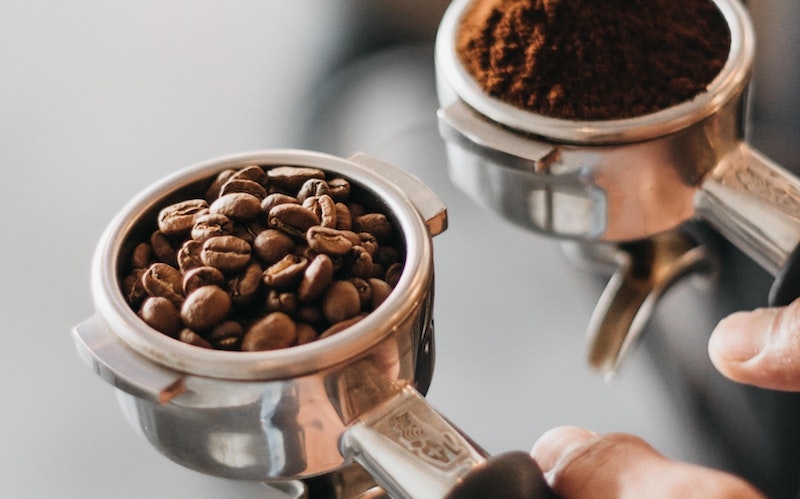
In her words, the raw material, the waste coffee grounds, would be collected from cafés, which would benefit them since it would provide a cost effective waste disposal. The coffee grounds would then be rinsed and dried and then grinded an extra time to get a really fine powder. It would then be mixed with a binding agent and additives and then pressed into a sheet which could be applied on products. When the product is no longer fit for purpose, it can easily biodegrade (potentially composting for new coffee beans to grow) or be recycled into a new product which would close the loop on the coffee production. Alice has a great visual to that process here.
Resources
Mushroom leather
Mushroom is extremely versatile and it relates to coffee too. Waste coffee grounds can be used to grow mushrooms easily. Either the caps of mushrooms are used to make this product with vegetable tanning processes, or the mycelium cells are grown to form a network used for the fabric. Mushroom leather is said to be softer, more breathable, and more water repellent than animal derived leather.
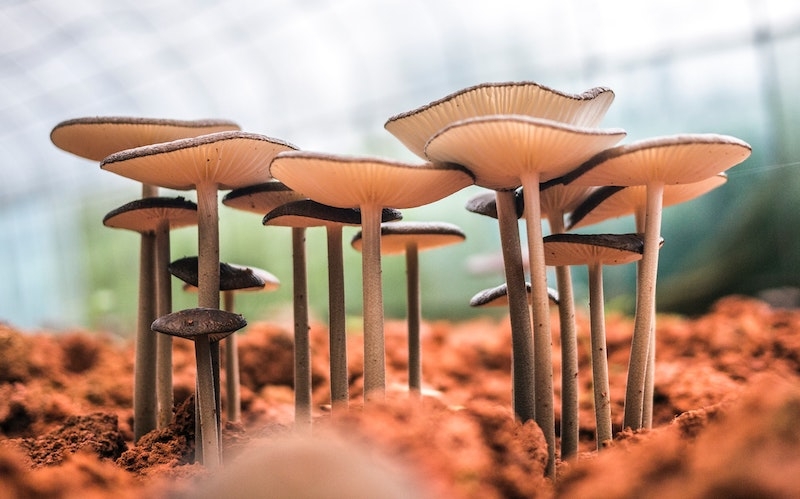
Resources
Apple leather
Apple leather can be made in a number of ways using the waste from various processes or the fruit itself. The Apple Girl leather in Denmark utilizes a part of the residue stream from the juice and cider production. There is also a company in Rotterdam (the Netherlands) that procures other fruits such as mango to create fruit leather. Natural waxes work well on fruit leathers to repel water. This type of leather can be both rigid or flexible.

Resources
Pineapple leather
Made predominantly in the Phillipines, this luxury leather is made from the waste of pineapple leaves. Pineapples are a big industry in Phillipines and farmers are able to make additional income with the waste use. After farmers separate the fibres, they are left with biomass that can be used as fertilizer back in the pineapple fields too. A square meter of Piñatex requires about 500 pineapple leaves which is approximately 16 pineapples.
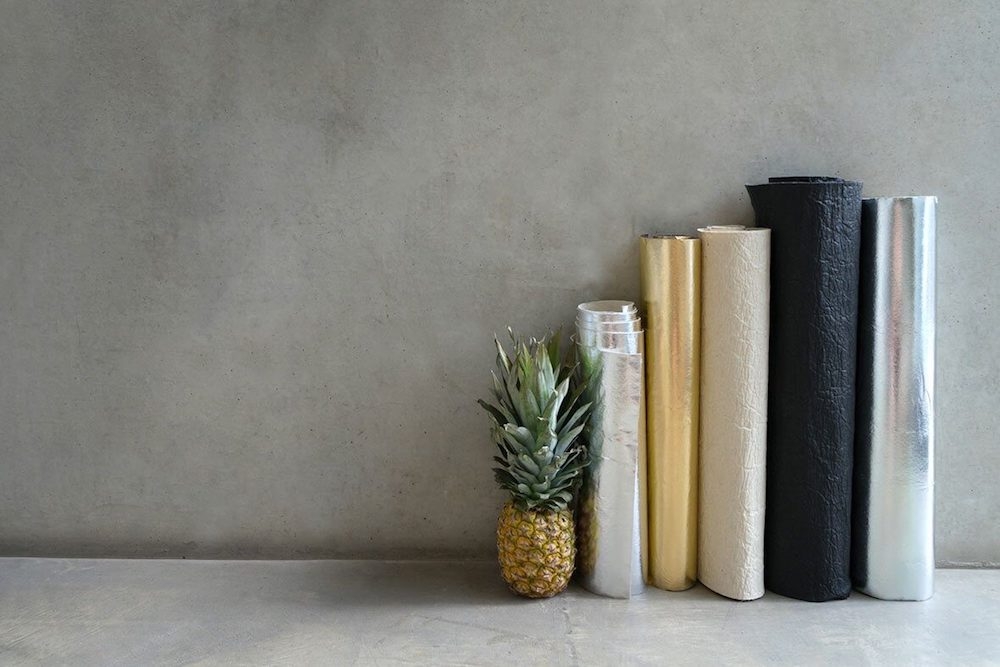
The Piñatex brand is a cool start-up story too. Carmen Hijosa spent numerous years patenting the product whilst earning her PhD and is now running her fast growing Piñatex brand in her 60s. Lis got her hands on some of this in Cambodia – it was a fascinating (albeit expensive) material, particularly in the silver!
Resources
Cork leather
Cork leather is made using the cells on the outer bark of cork oak trees that naturally grow back after several years. This material is predominantly made in Portugal and Spain where oak trees grow for 25 years until first harvest. The cork is air-dried for about six months and is then cooked and steamed to make the material more elastic. Heat and pressure are applied to the cork to press it into blocks which may be used for products, or for cutting into thin slices for cork leather.

Resources
Cactus leather
Cactus is receiving a lot of interest lately for a number of products. Researchers at the University of Valle de Atemajac in Mexico recently created a biodegradable plastic from the juice of the prickly pear cactus. The new material begins to break down after sitting in the soil for a month and when left in water, it breaks down in just a matter of days.
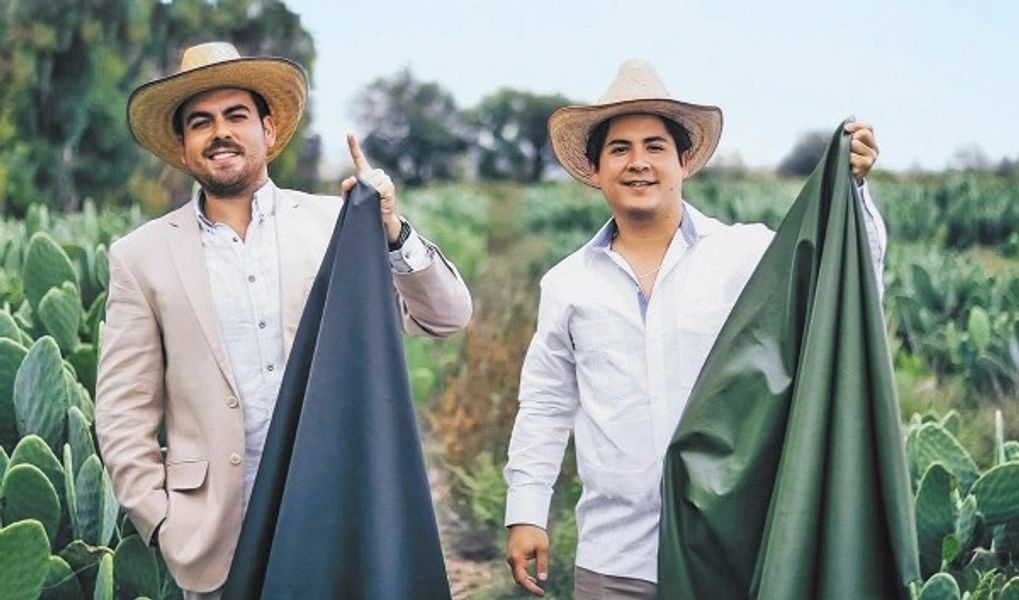
Now that same cactus is allowing some clever folks to produce a soft leather. Grown by rain, the mature leaves of the plant are cute without damaging the cactus itself, with a new harvest every 6-8 months. No toxic chemicals are needed for the fabric and the waste can be sold onto the food industry. Currently the lather is made only be Desserto.
Resources
Paper leather
This kind of a fabric can come in a form that feels like a scrunchy paper or more like a harder leather. When waxed it can be water resistant and has increased flexibility. It’s tear proof, tough, drip dries, and bounces back to its original shape. Whilst paper leather isn’t so soft and useful for clothing, it’s being utilized more and more for labels, bags, bins and totes.
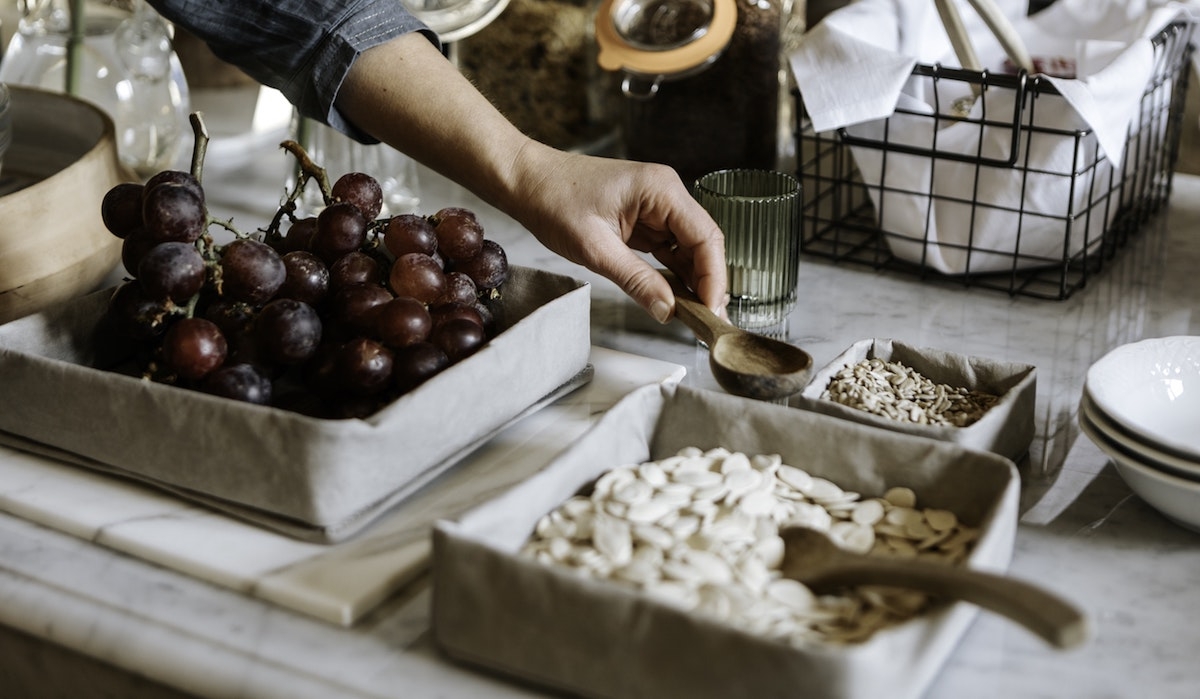
Resources
Wine leather
Making wine leather is currently crafted in Italy, mostly by one company, with waste in the industry. The skin and stalks of the grape is recycled from the residues and then dried. The fibres, in combination with oil from the seeds, is mixed into a process to develop the material. 10 litres of wine creates about 1 square metre of wine leather. According to Vegea, 26 billion litres of wine is produced every year around the world, creating 7 billion kilograms of grape mulch – plenty to make lots of leather with! Whilst we’re no fans of H&M (nothing will change until they change their business model) they’ve just launched a collection including this wine leather.
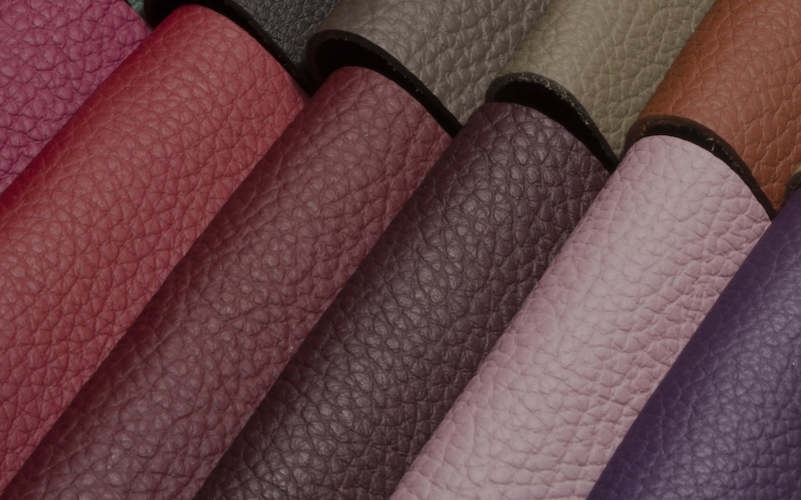
Resources
Leaf leather
This new product can be made from a variety of leaves most commonly teak leaves, palm leaves, rain, banana and lotus leaves. The fallen leaves are soaked in water, dyed, and arranged flat together to dry. Drying the leaves bonds them and this in turn produces large sheets of leaf leather with a leaf pattern. After that, the leaf layers are mended – with materials like cotton – to provide the leather with a softer interior when needed. Mulberry tree leaves are also used creating a fabric called MulbTex.
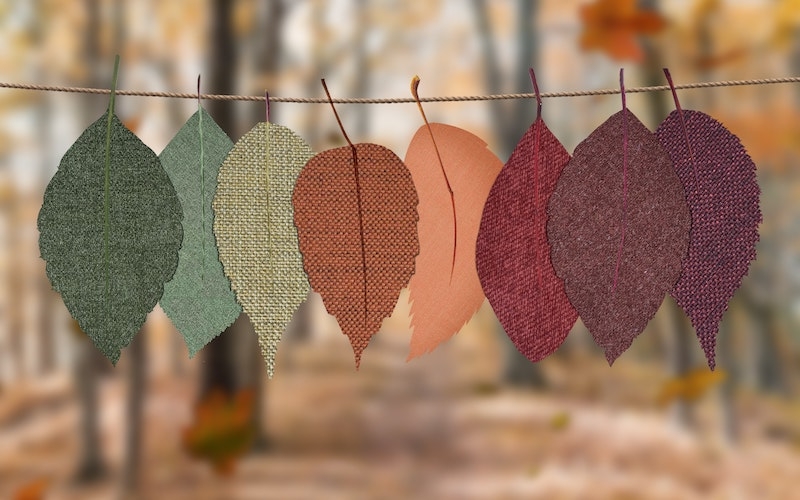
Resources
Lab leather
Whilst we’re busy developing lab grown meat, start-ups are also moving into the lab grown leather space (bioleather). Modern Meadow has a product called Zoa which feels and styles like leather. It’s made through a process of DNA editing that grows collagen from yeast which is grown from fermentation. A bit like brewing beer. It even starts as a liquid and can be poured into different shapes, textures and patterns. Lab leathers use processes from nature to mimic and create more sustainable options.
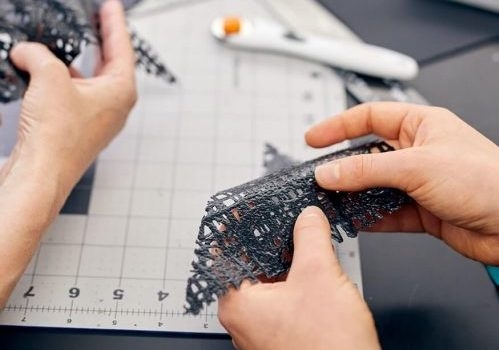
Resources
Rubber leather
We’re letting this one cheekily slip through as a leather seeing as it’s used in a number of similar products and can replace numerous items of animal derived leather. The rubber industry can be destructive and exploitive also but there are other ways. Veja sneakers use rubber grown in a wild state in the Brazilian Amazon. Rubber can also be recycled and a number of brands are working on this. Lastly, tyres cause mass landfill and waste issues in numerous countries; recycling the rubber from tyres into rubber leather is also an option.
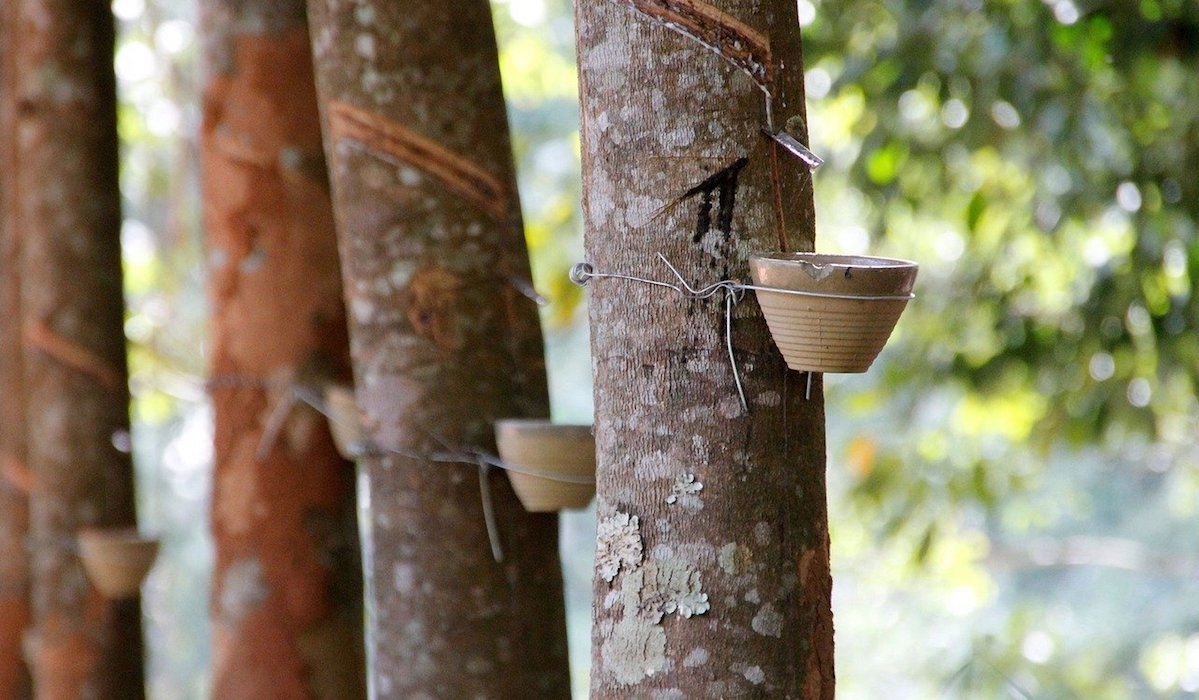
Resources
Recycled leather
There are a number of brands that use old leather products, off cuts, scraps and residues collected from tanneries and other product manufacturers. After use they may be able to be recycled again. Often these are made from small artisan studios that use ethical labor and skilled techniques and each product is unique. Recycled leather tends to consume far less water and chemicals than virgin leather and can is is a viable option for keeping the current leather in the system in circulation.
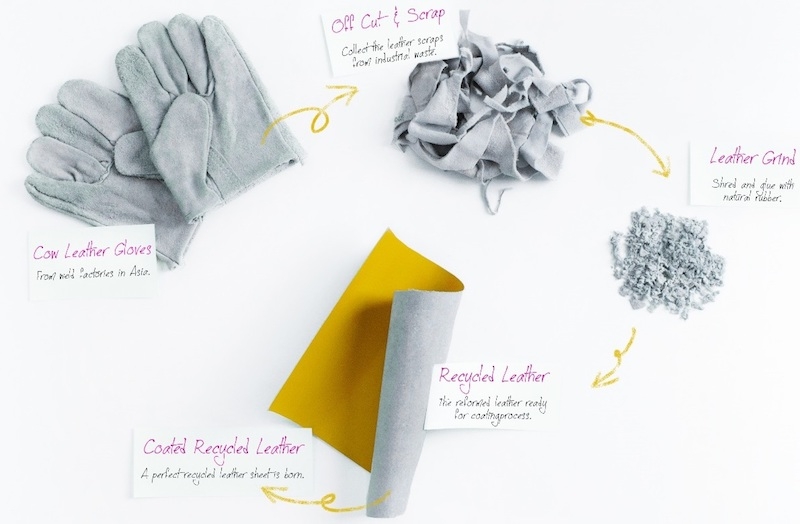
Resources
More options
There are a number of other options in the very beginning of their development and commercialization that we’re keeping our eye on. We’ll add them as seperate features as soon as they’re at the stage we can learn a bit more about them and they have a little market traction. These include:
- Soy bean leather
- Tea leather
- Kombucha leather
- Nettle leather
- Coconut leather
- Flower leather
- Grass leather
